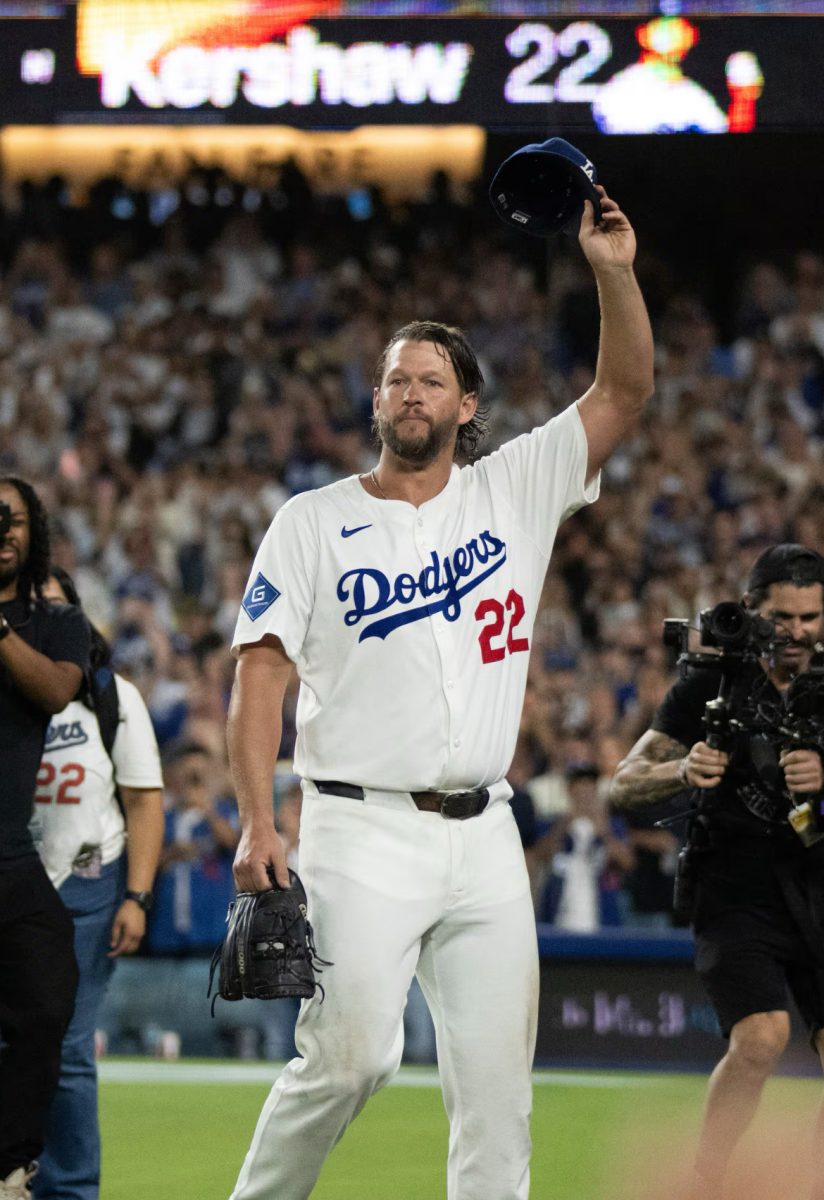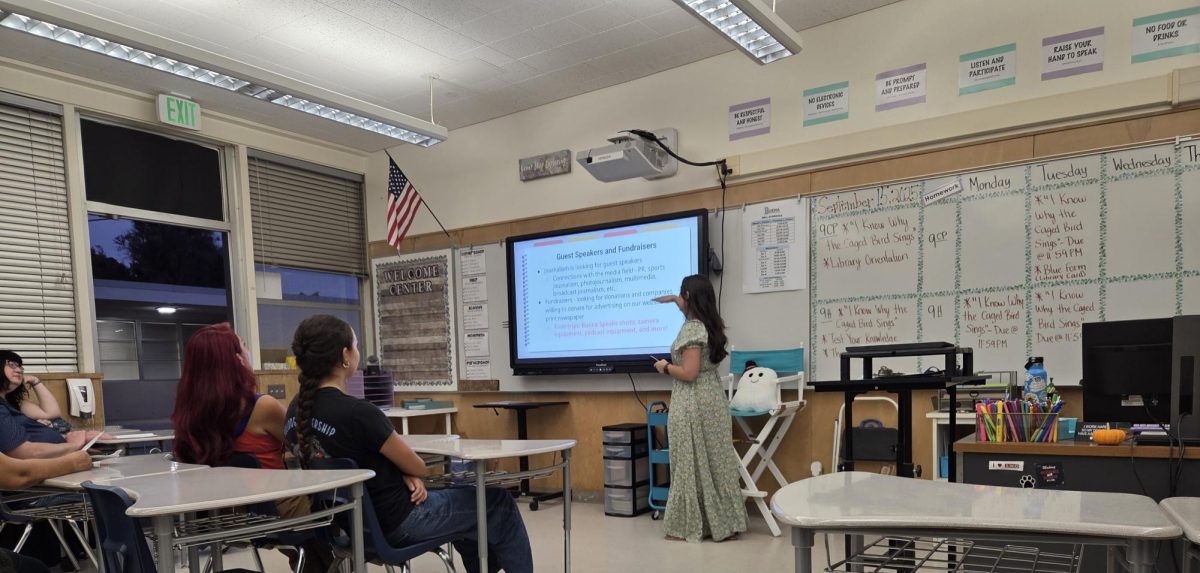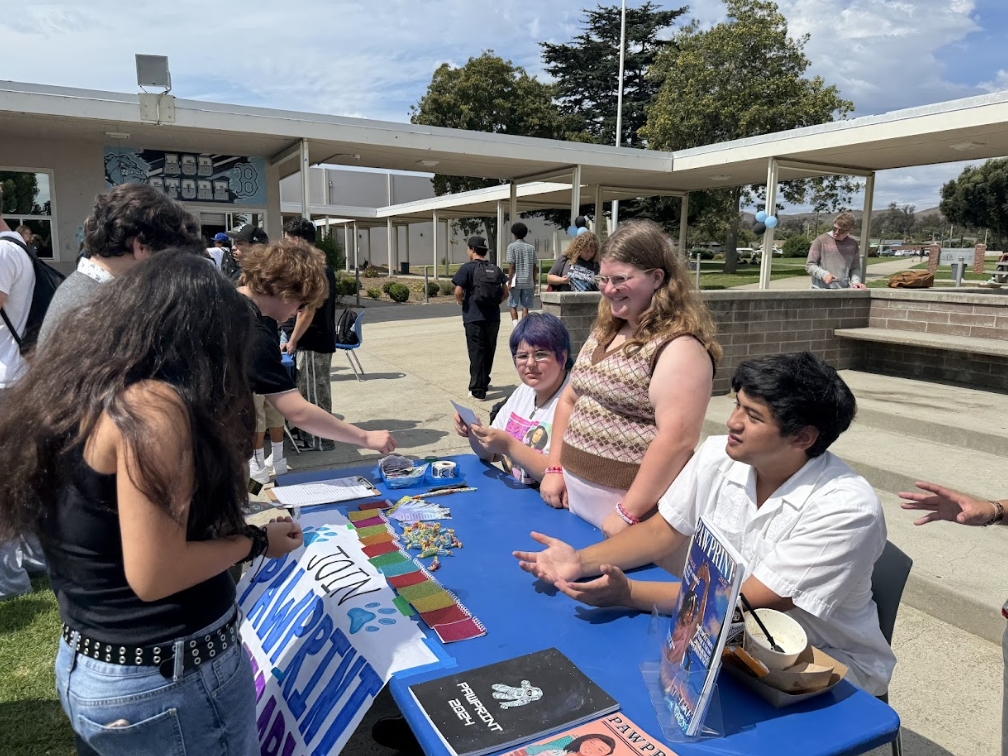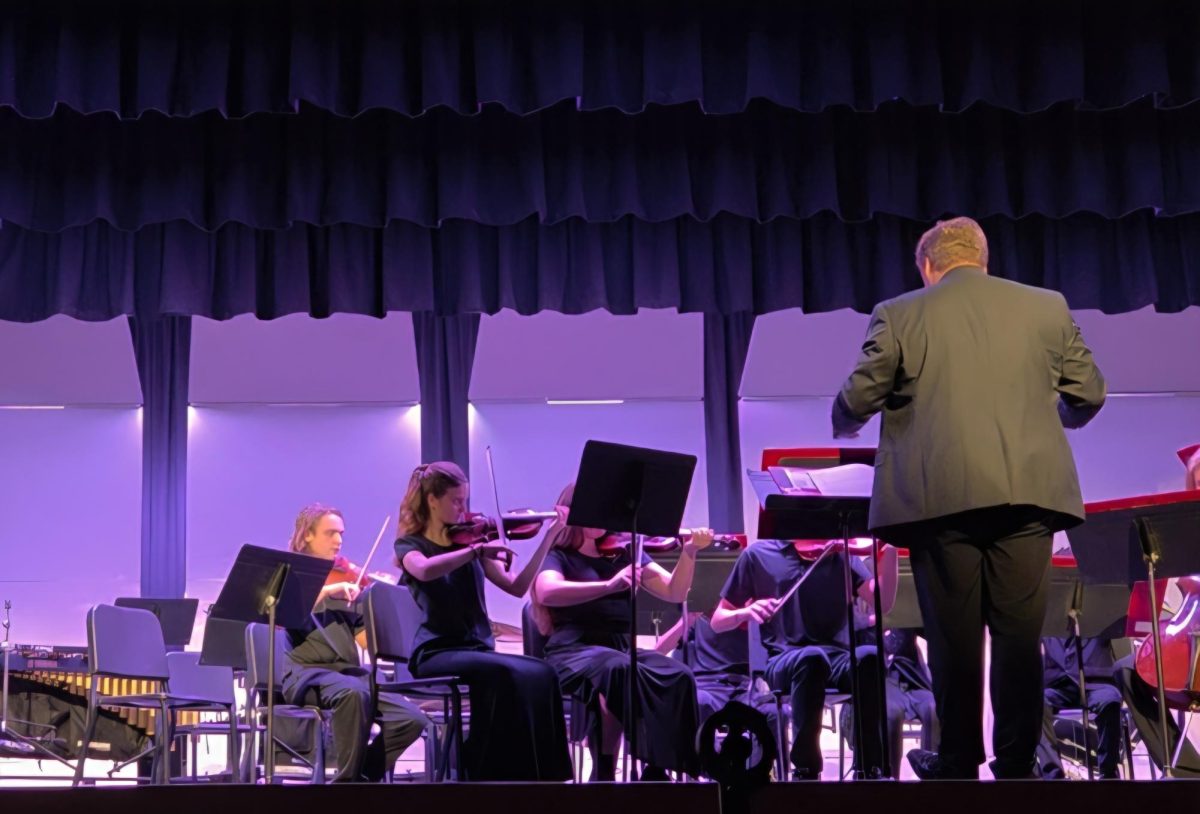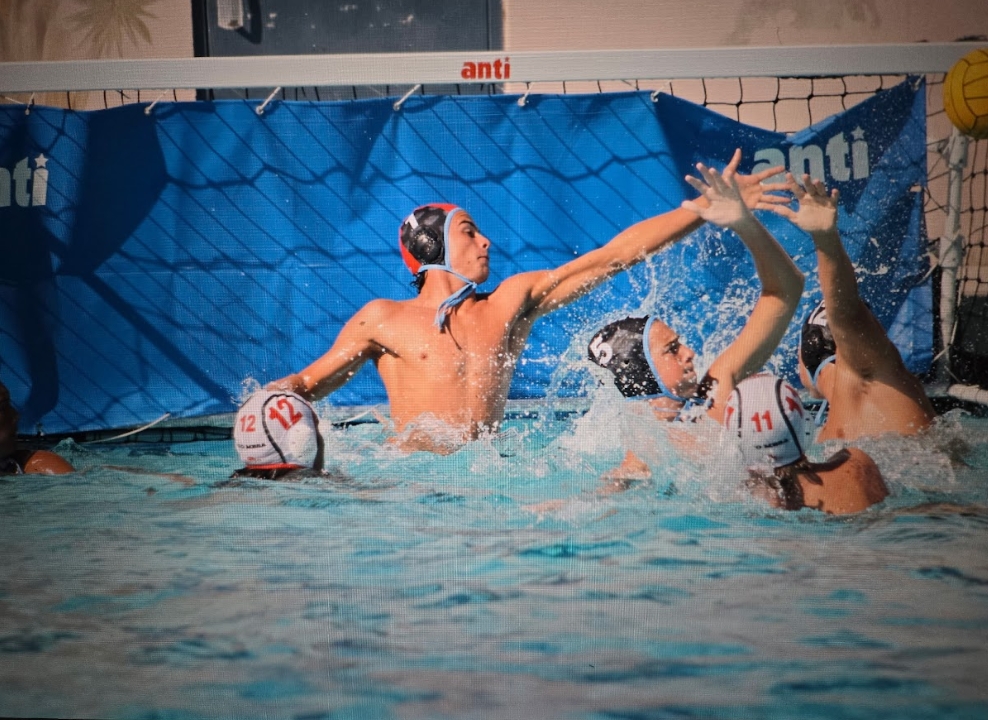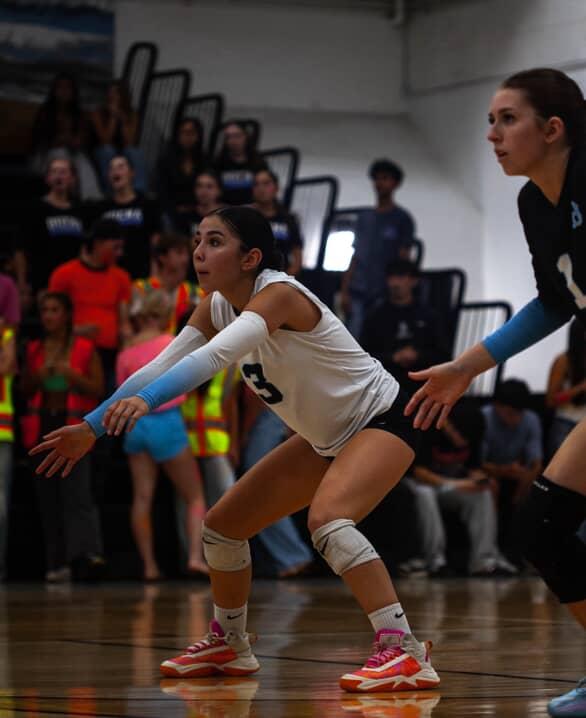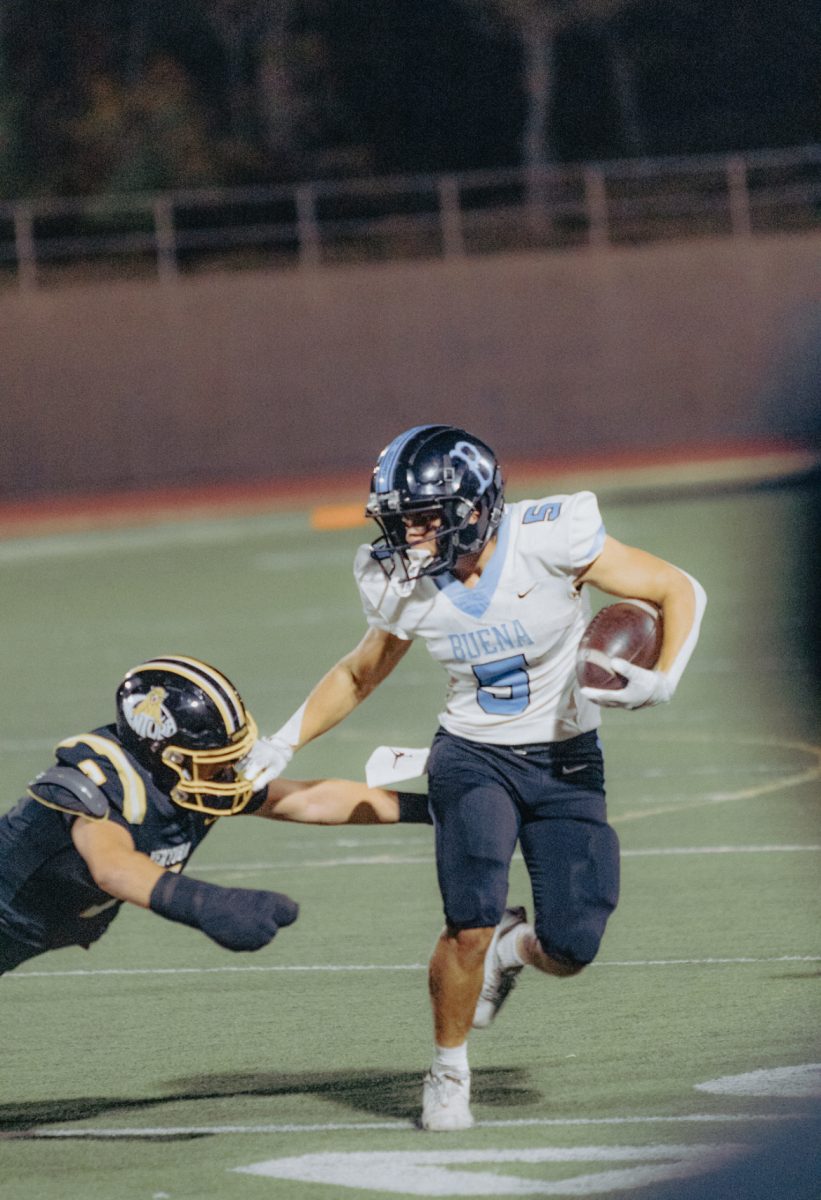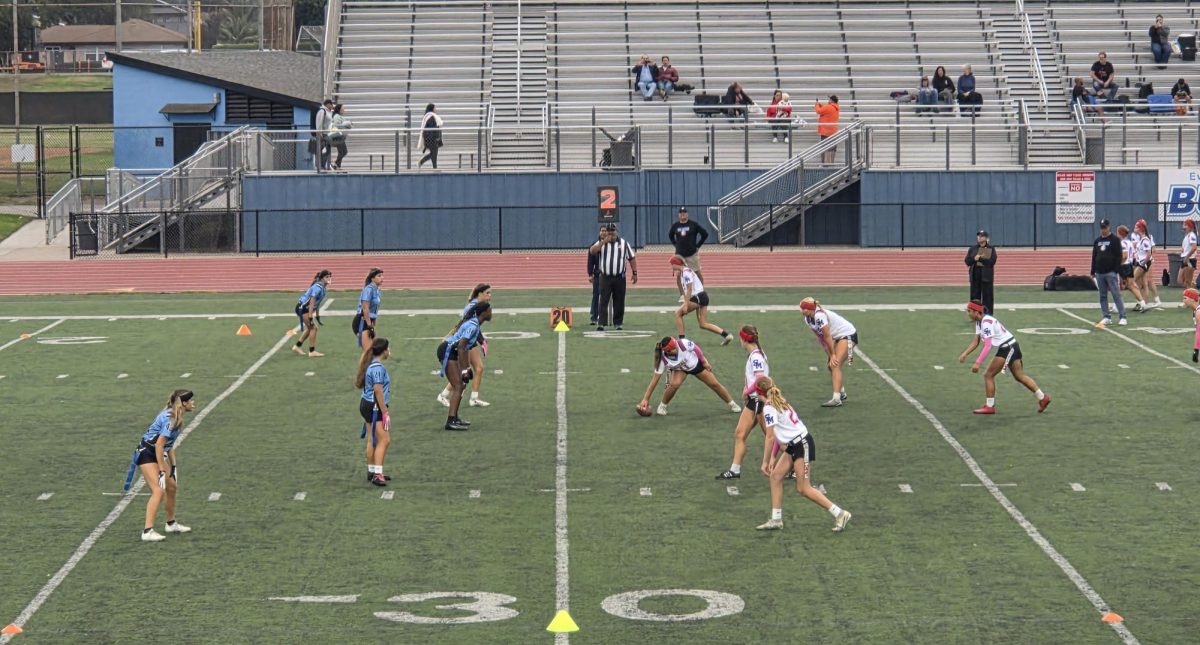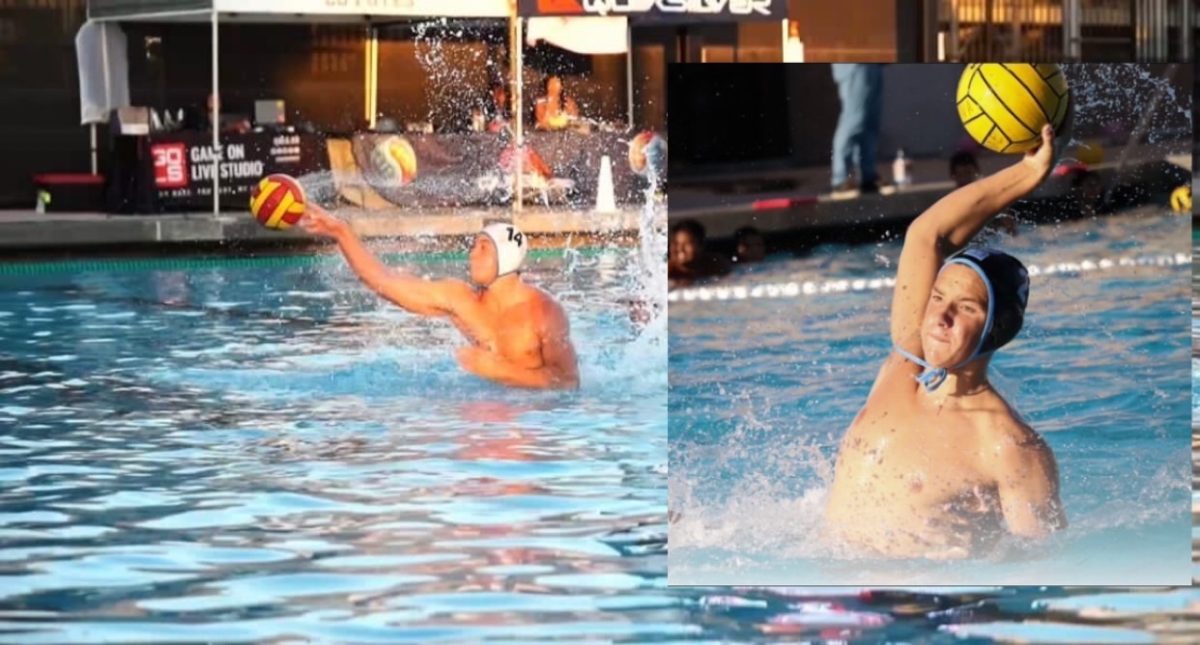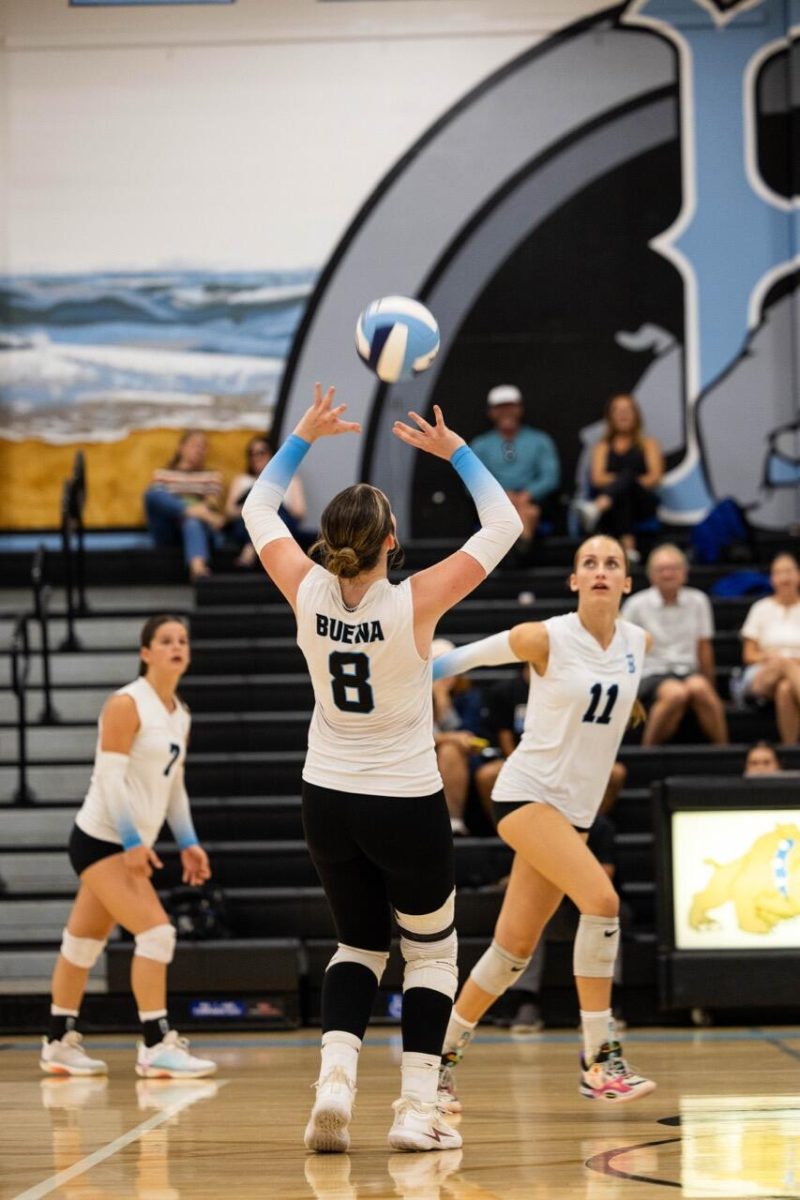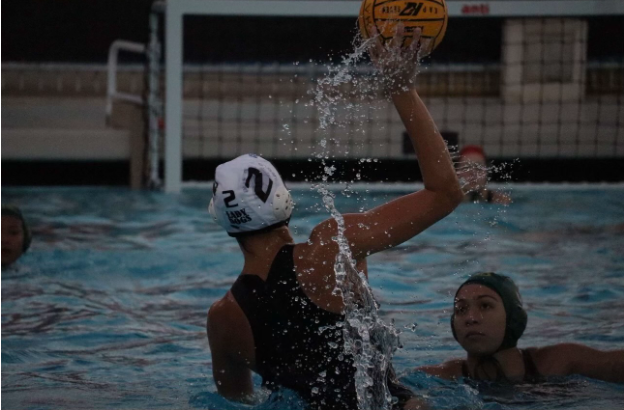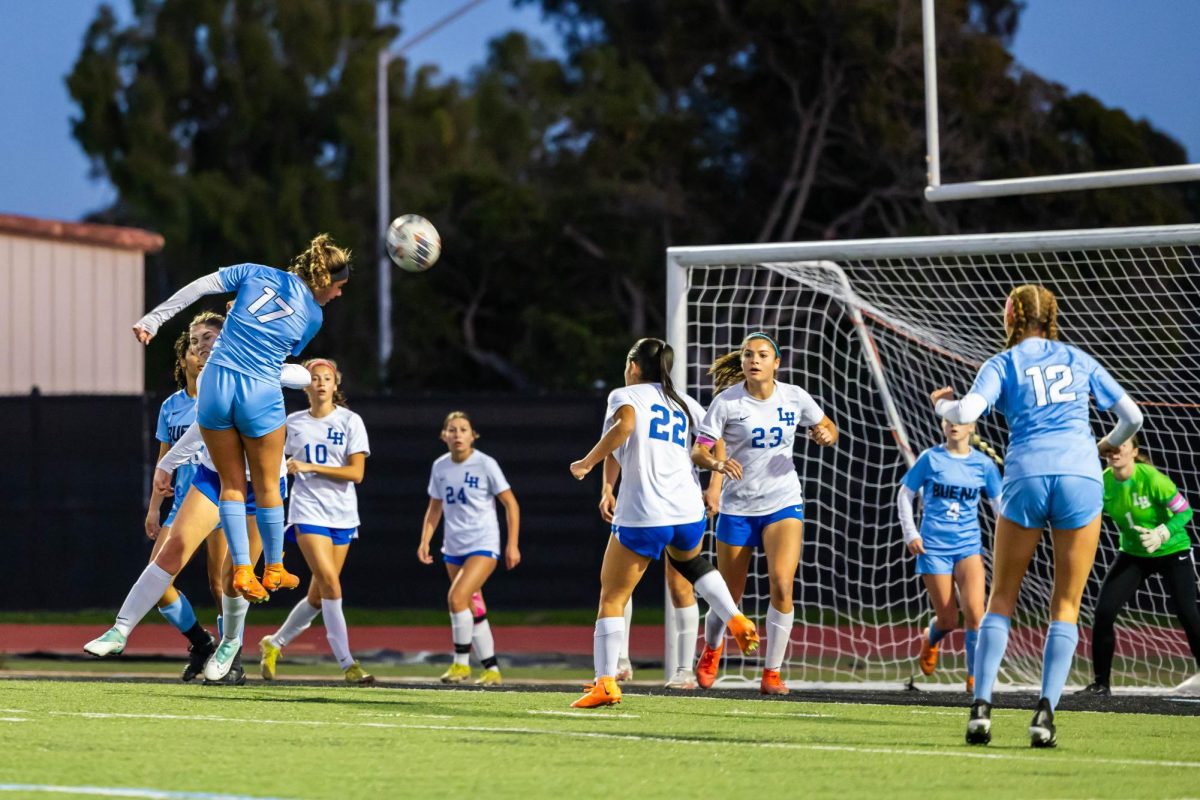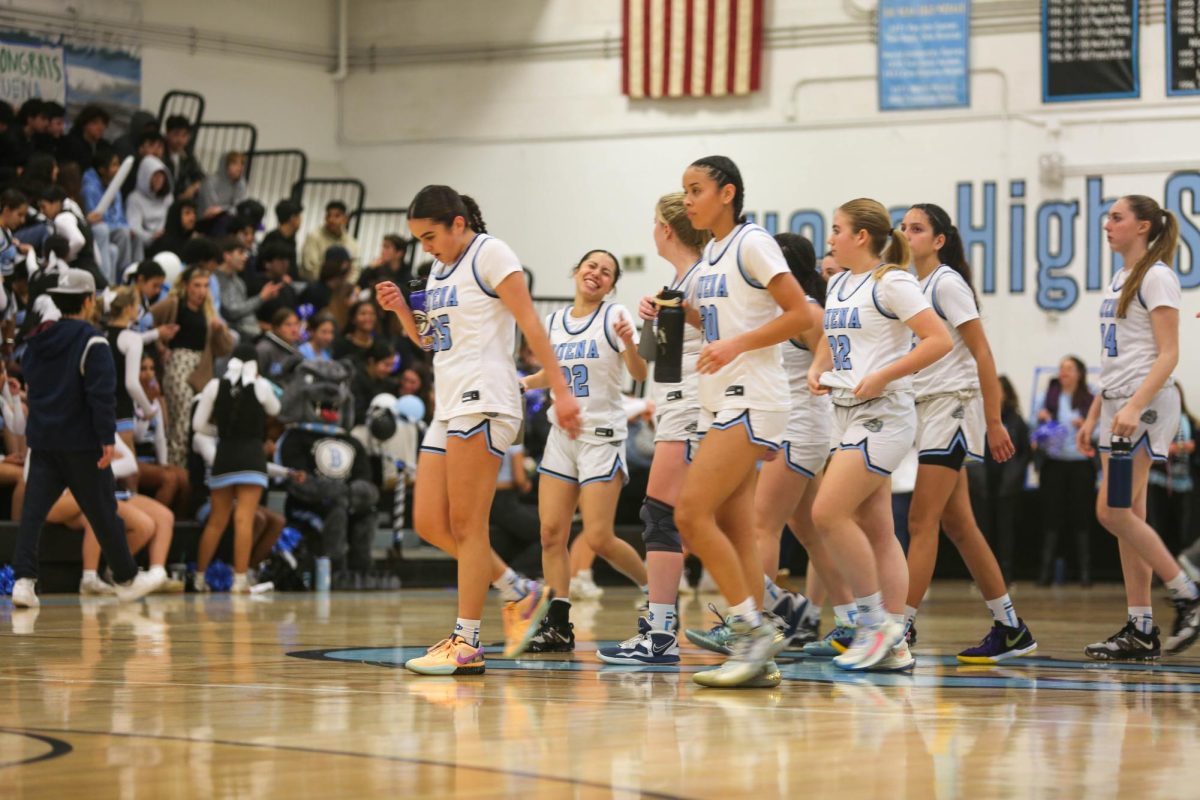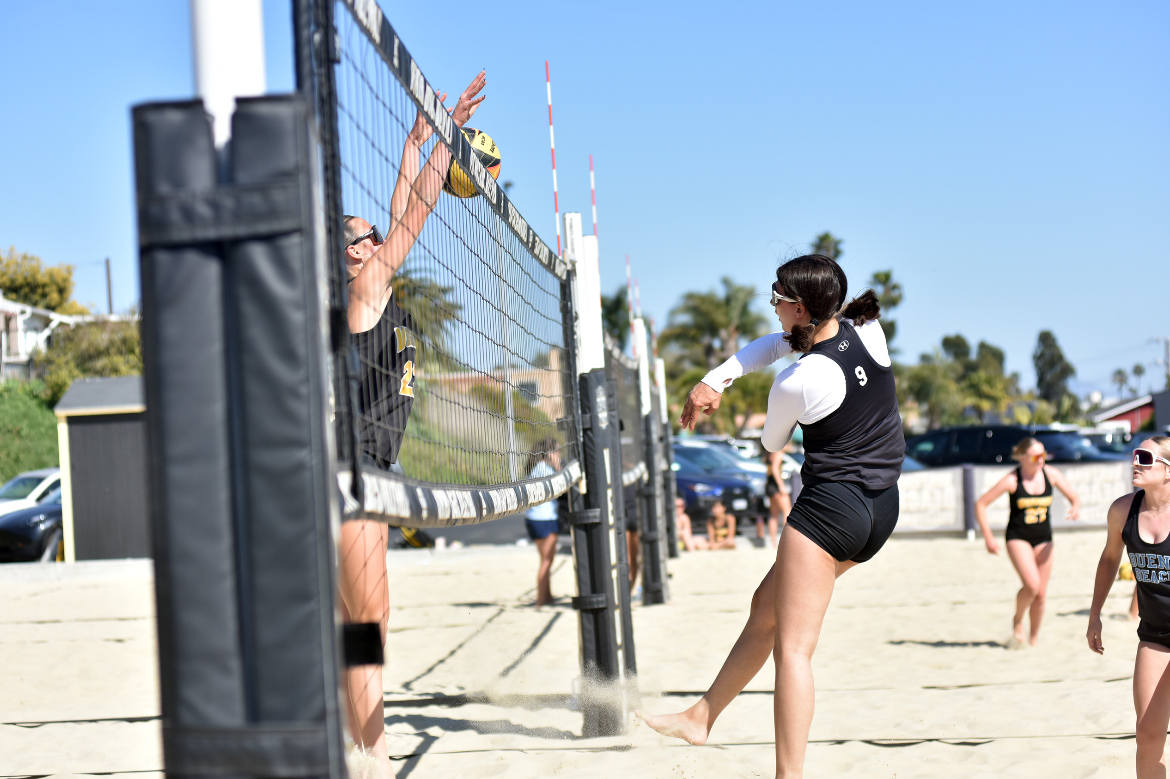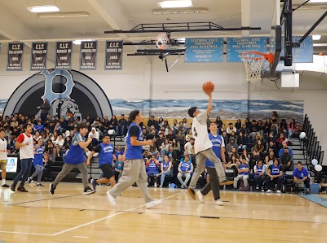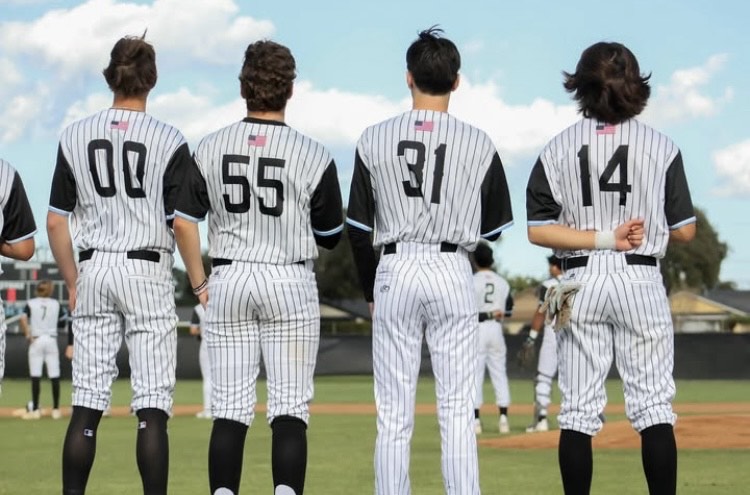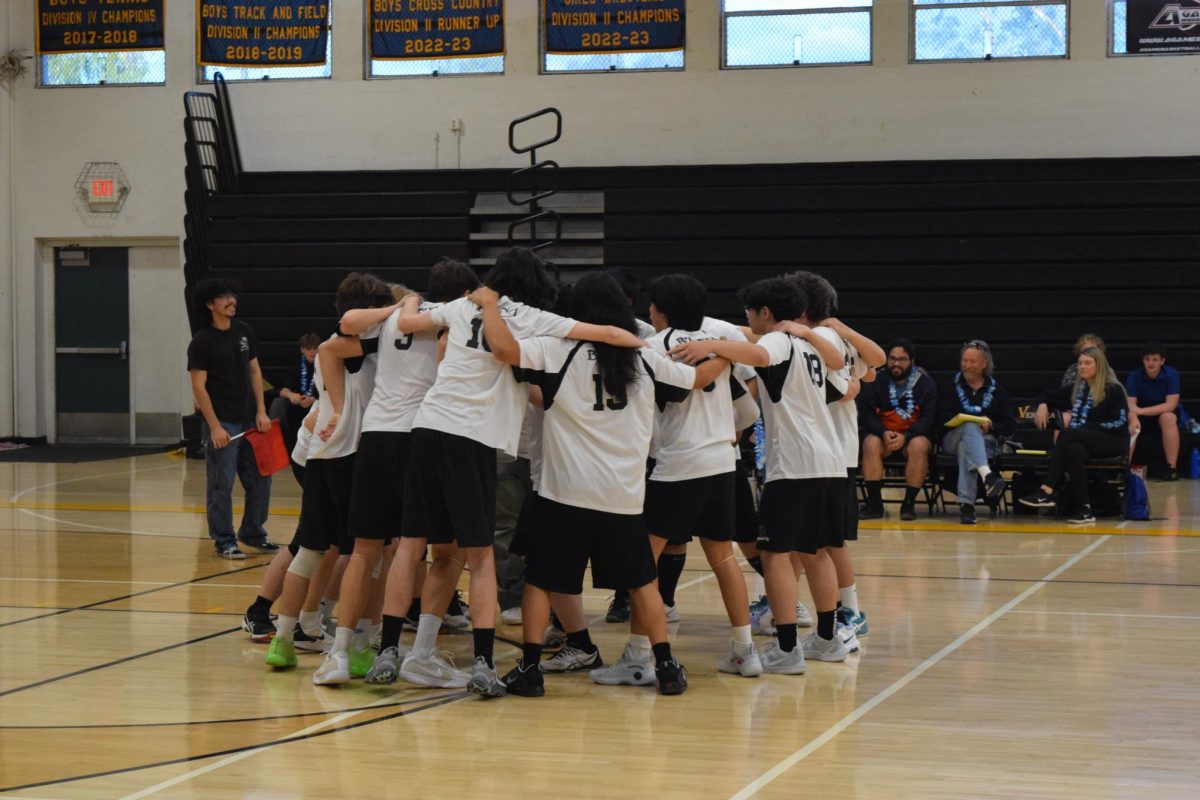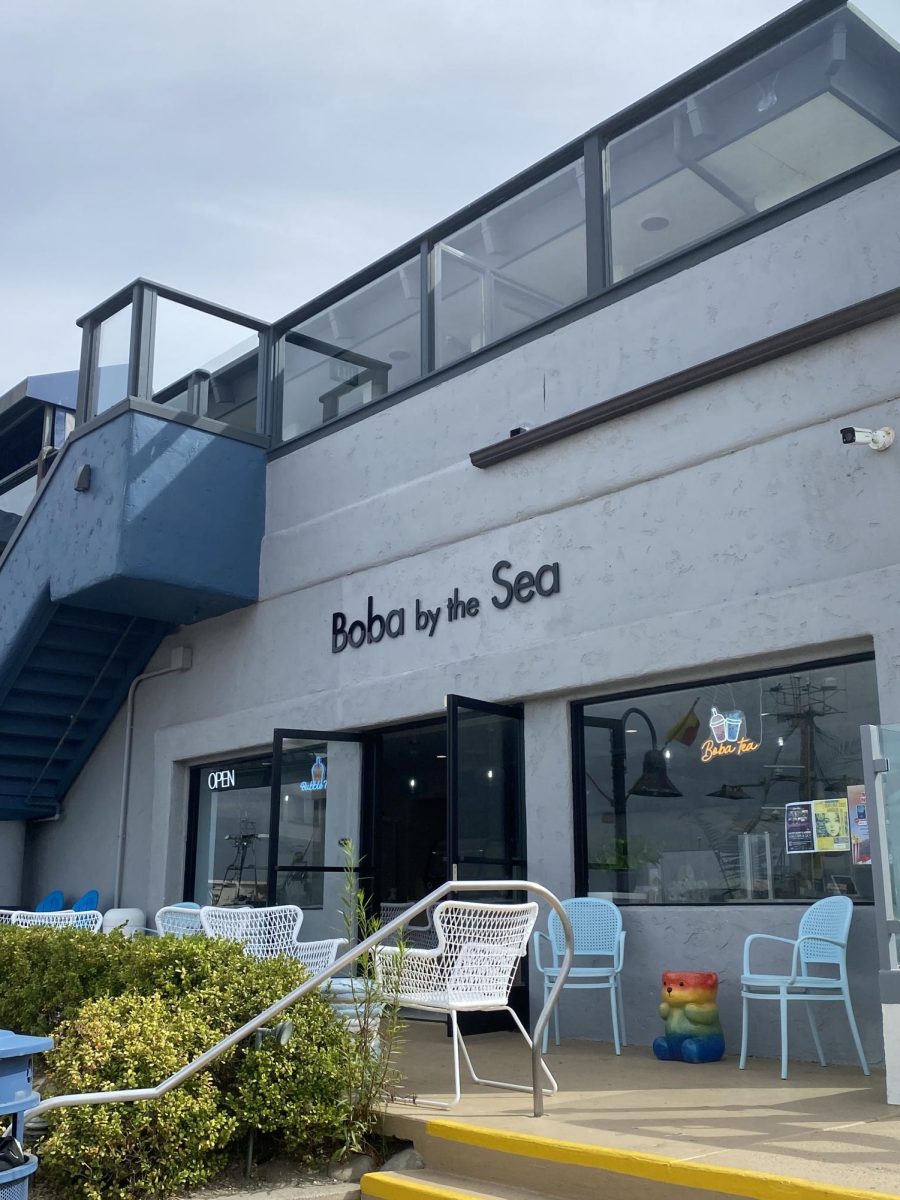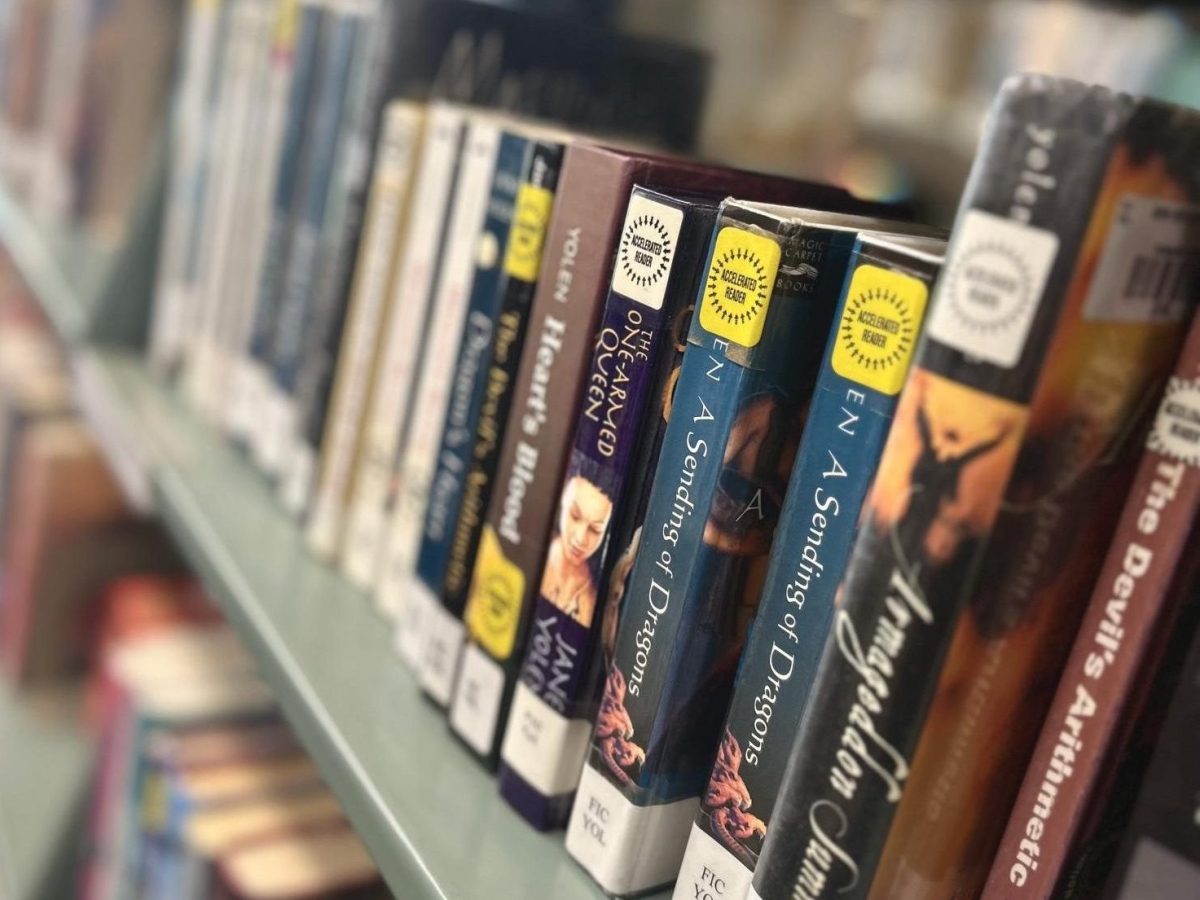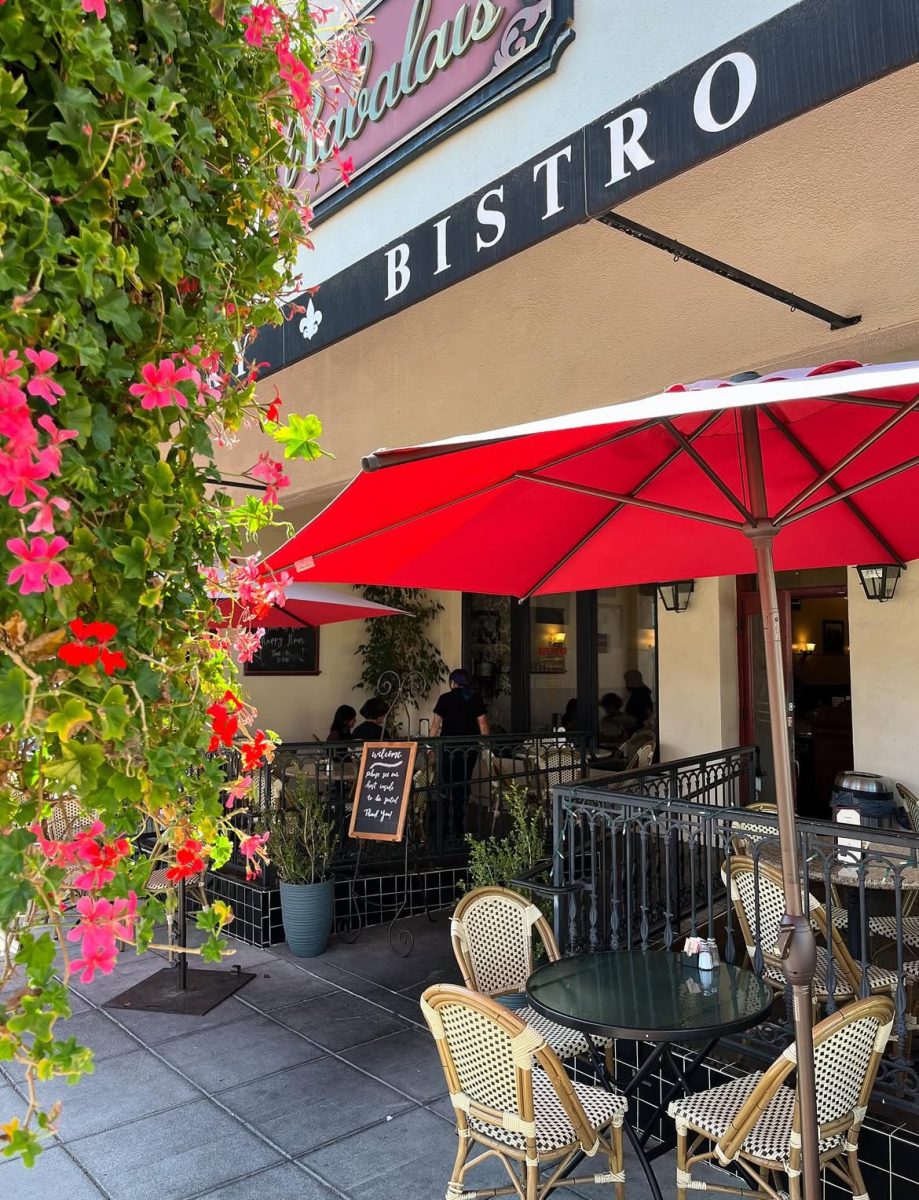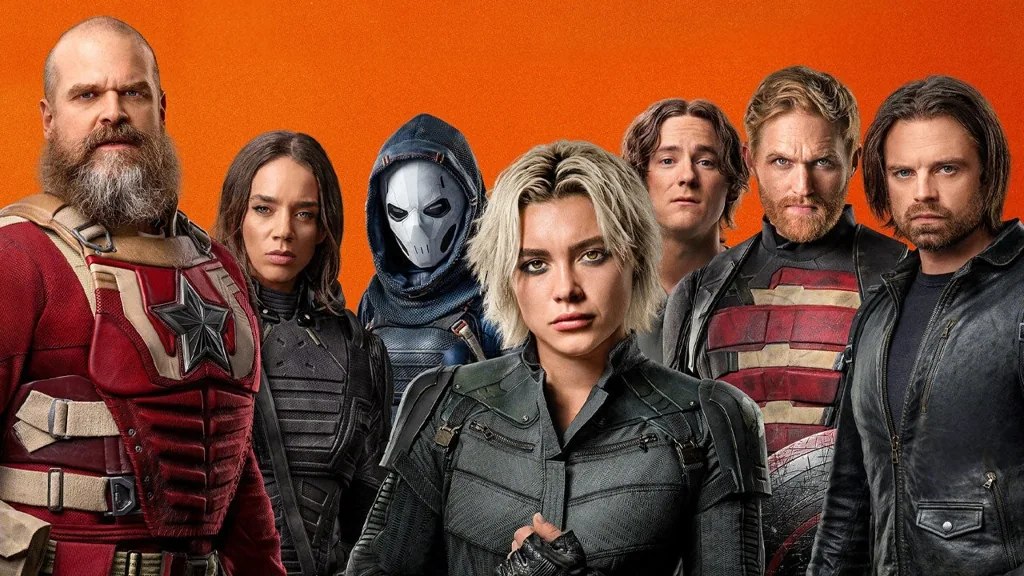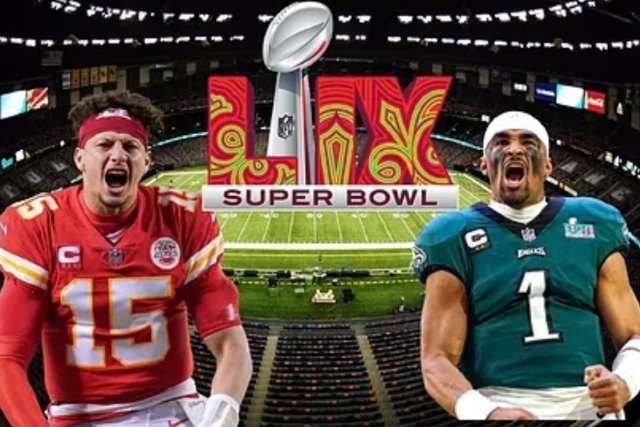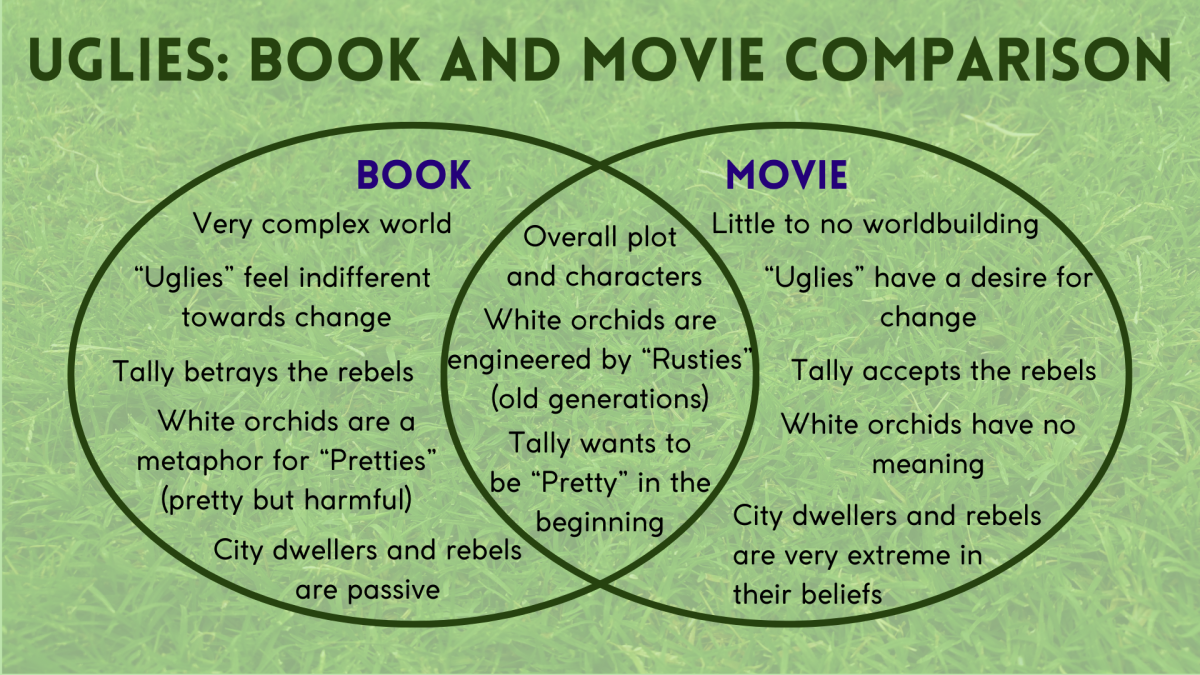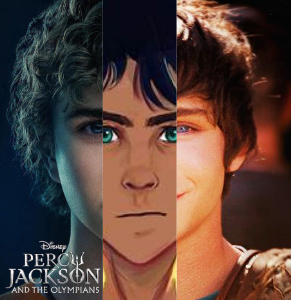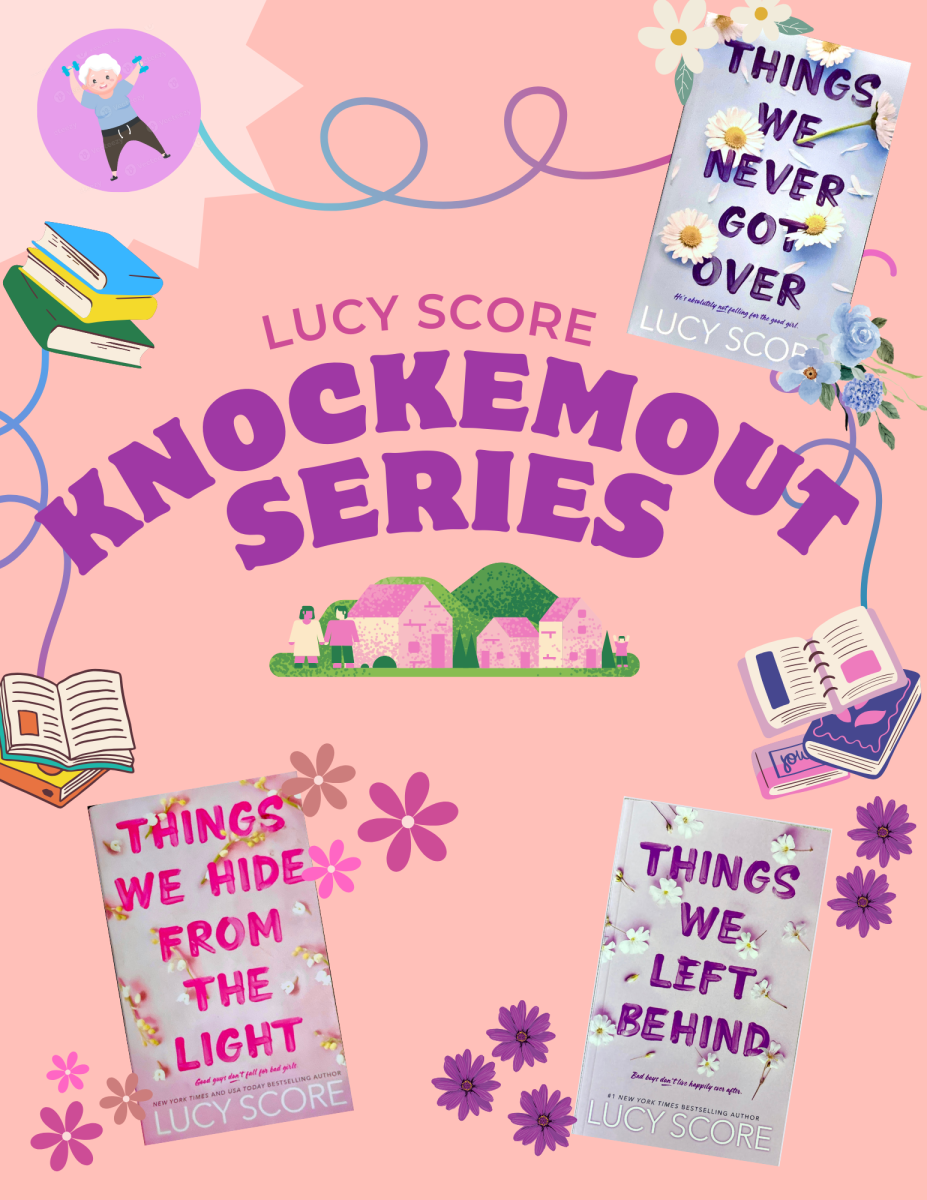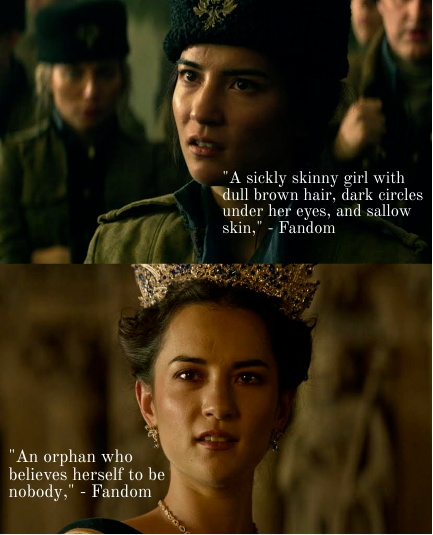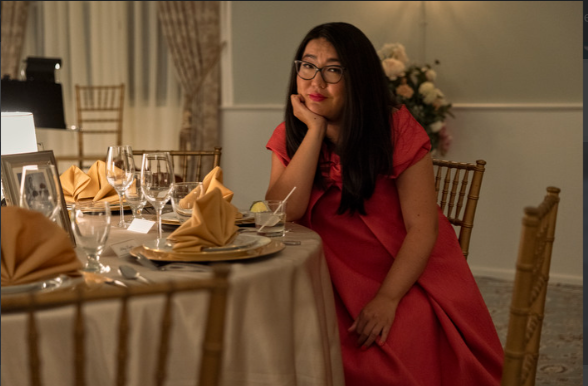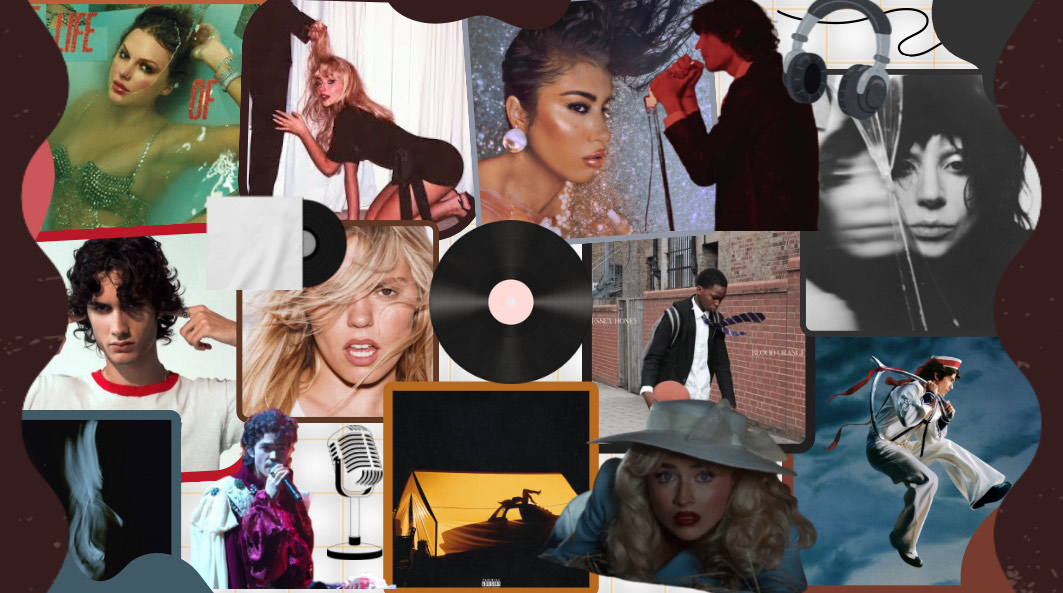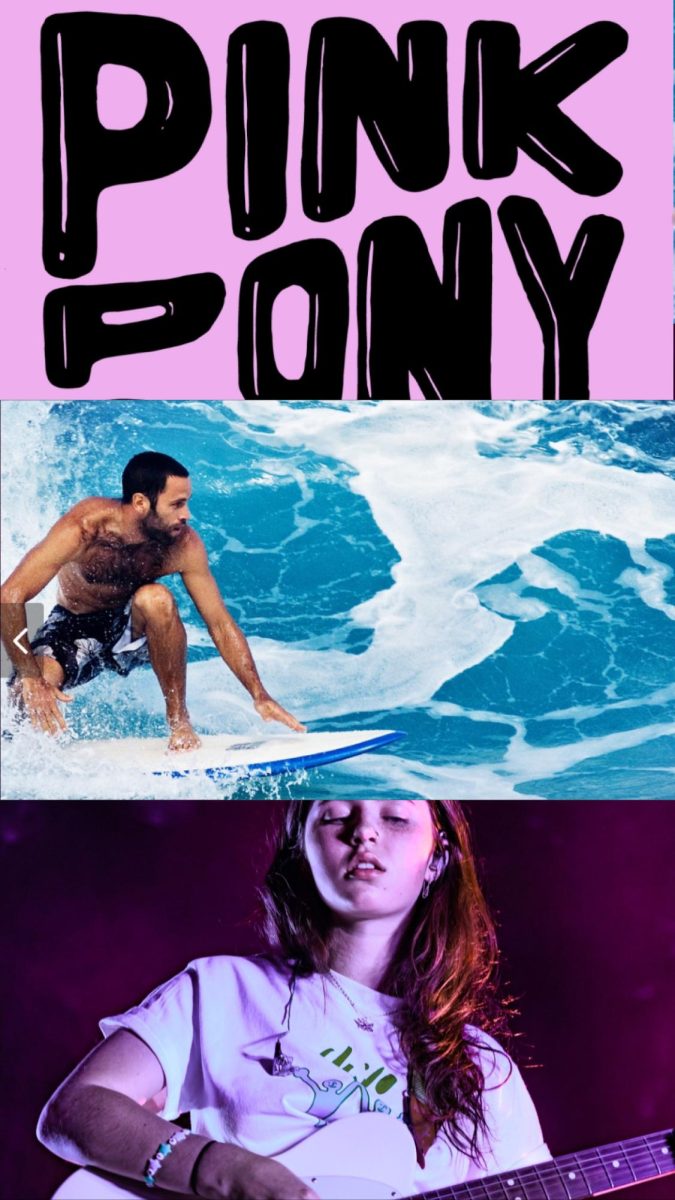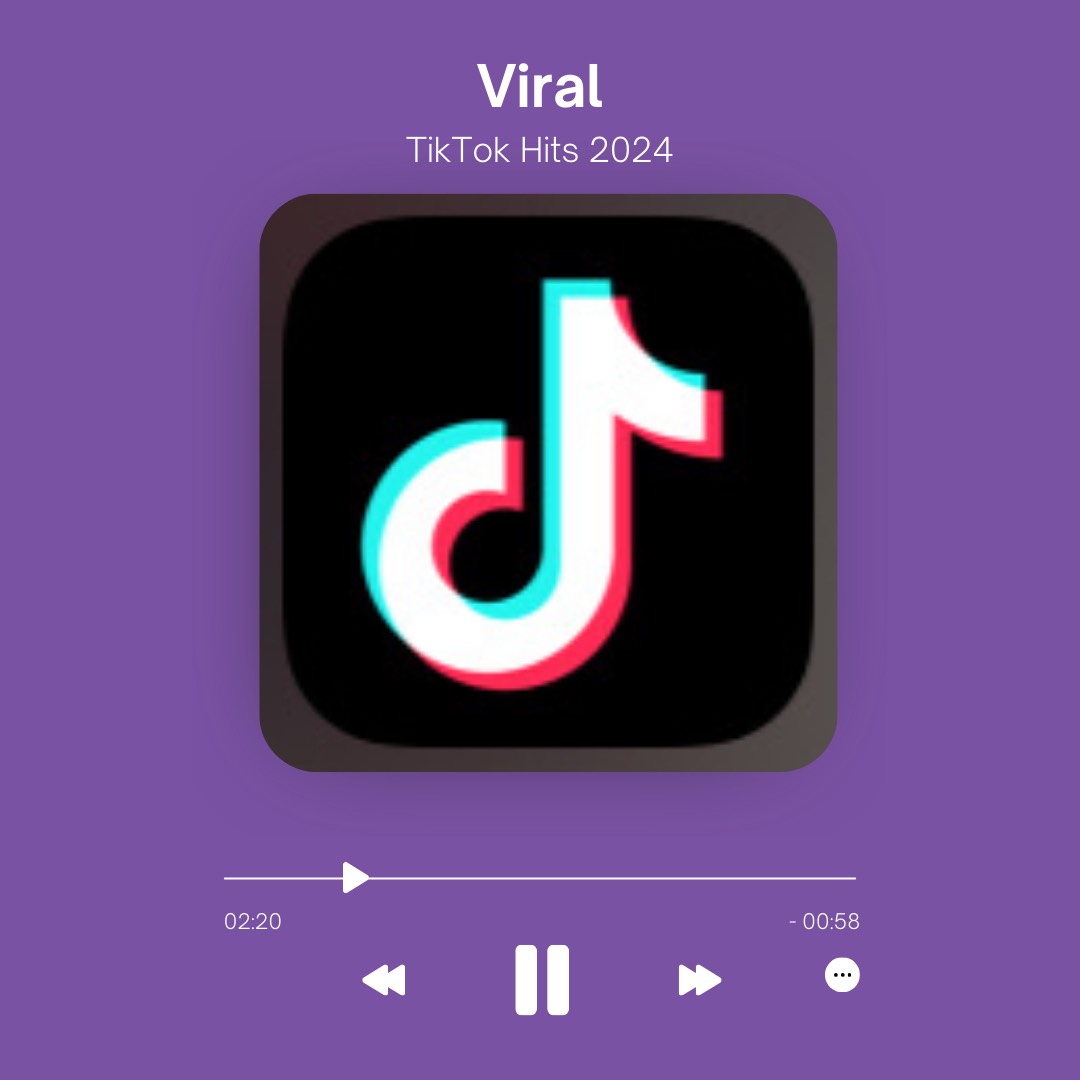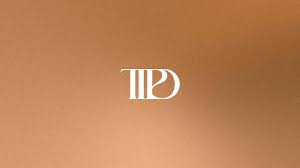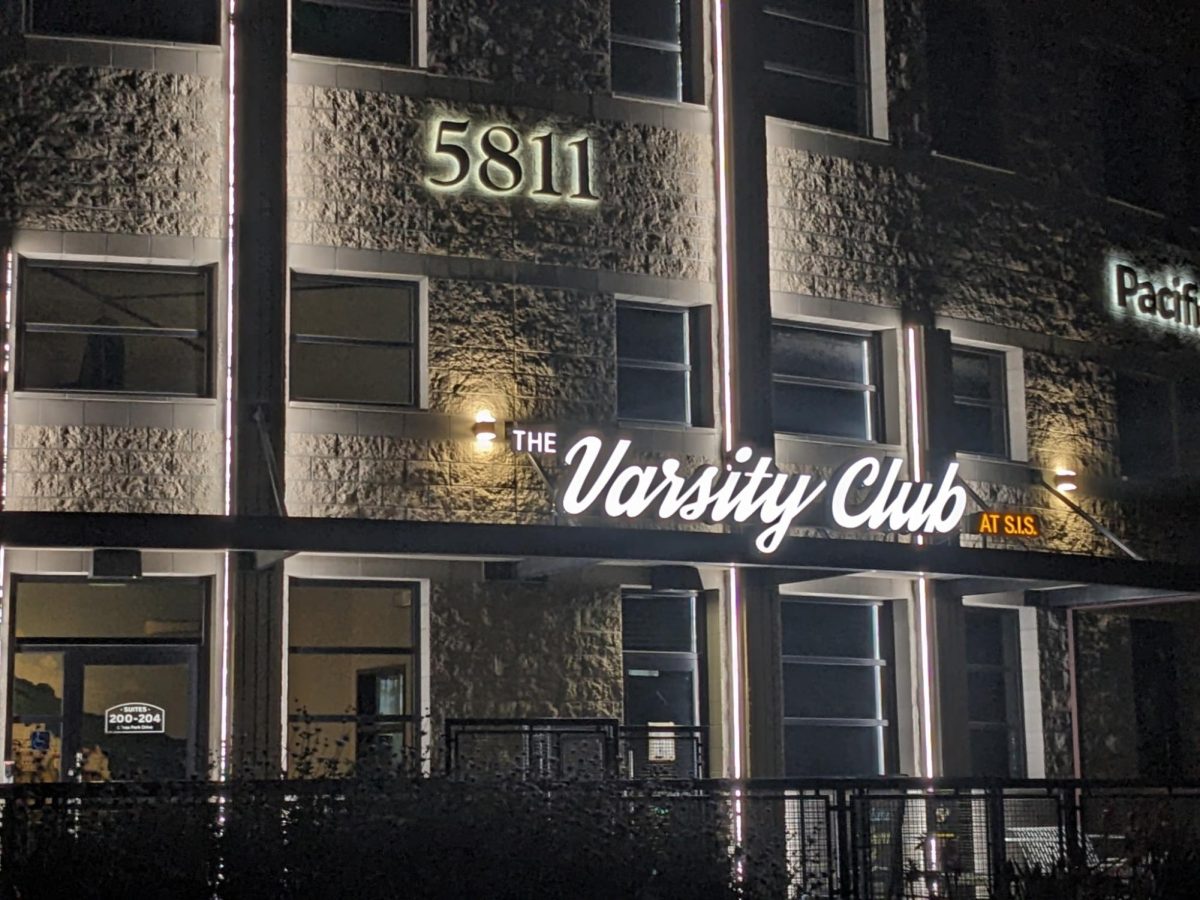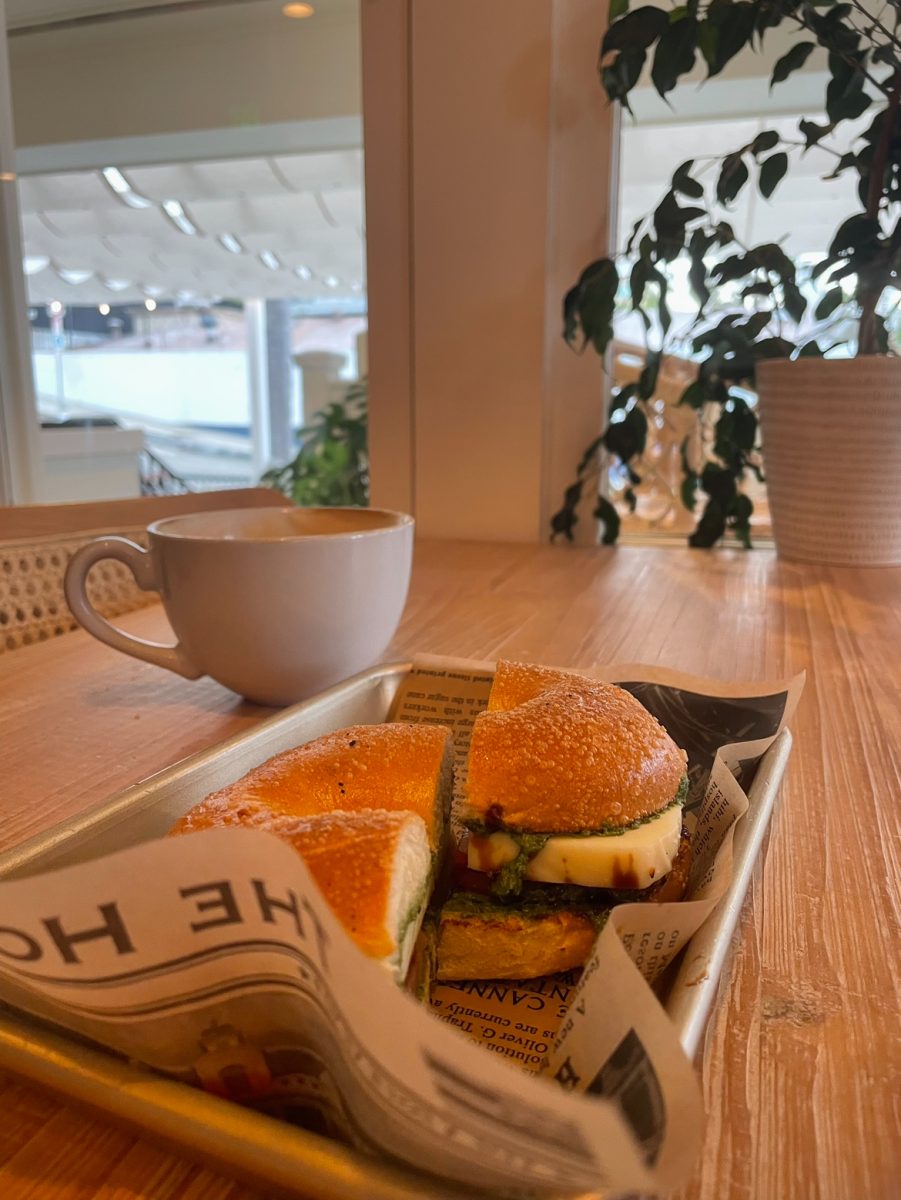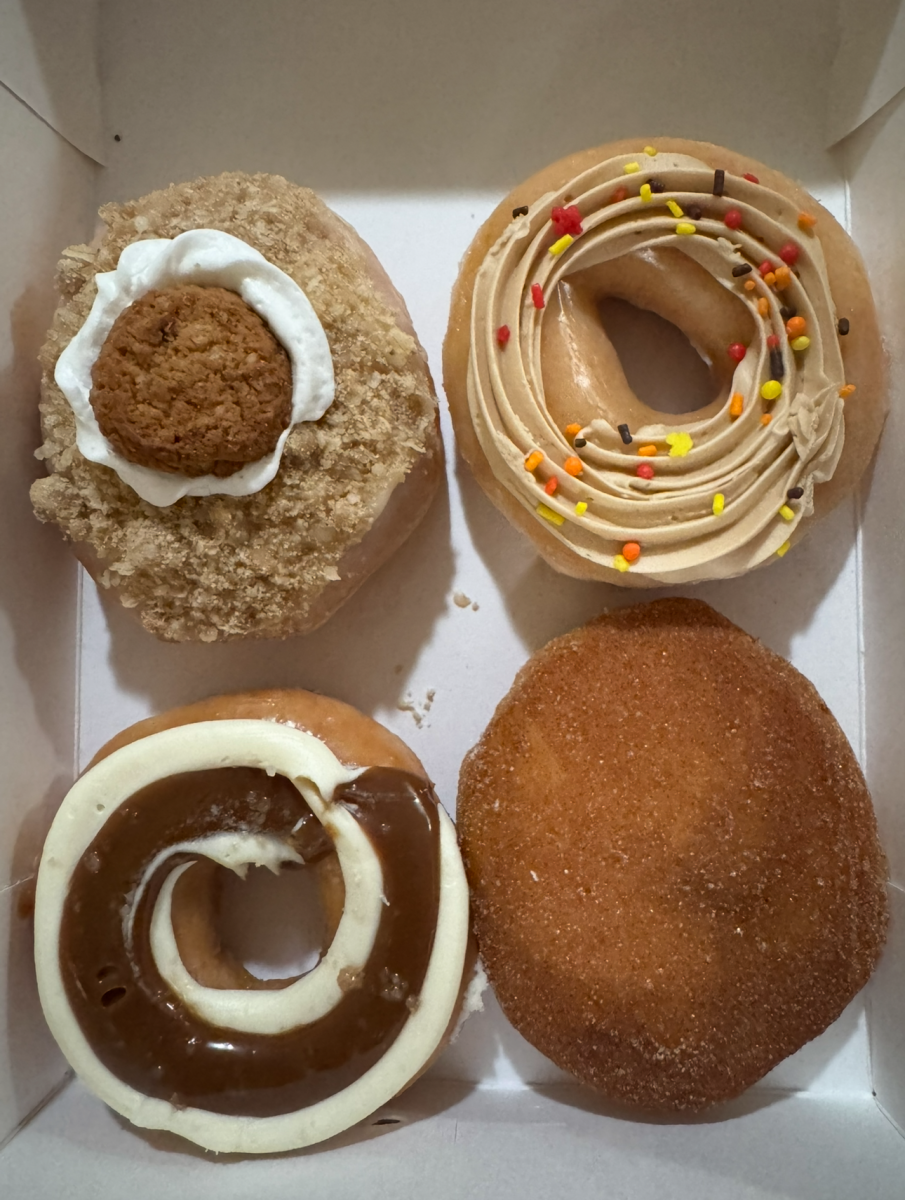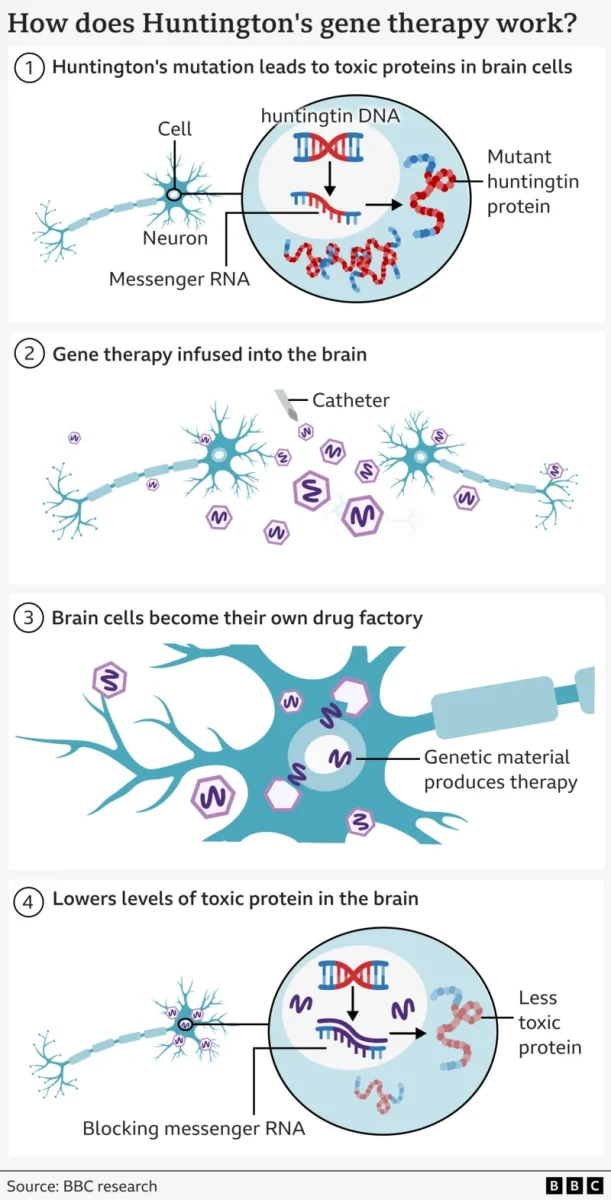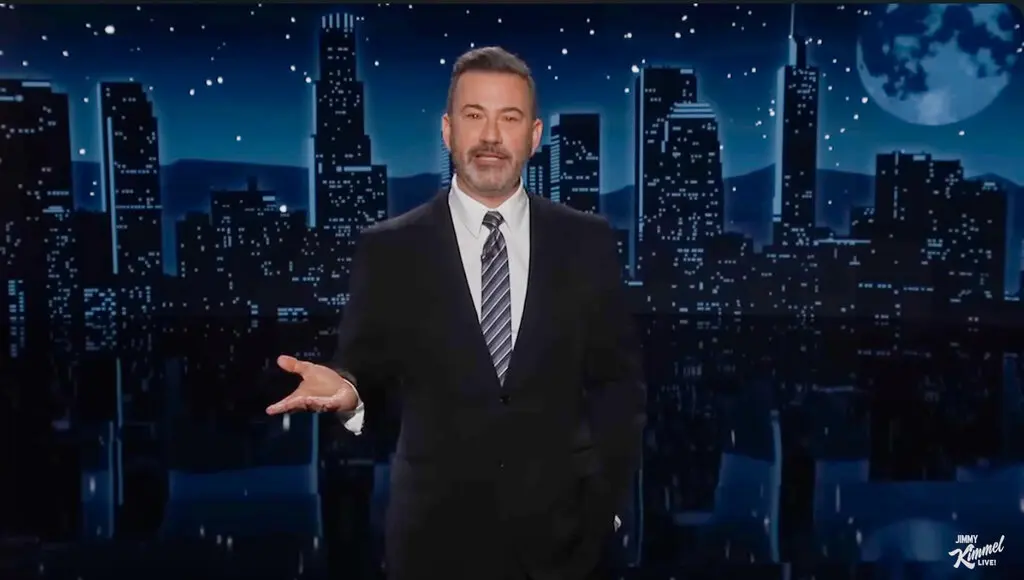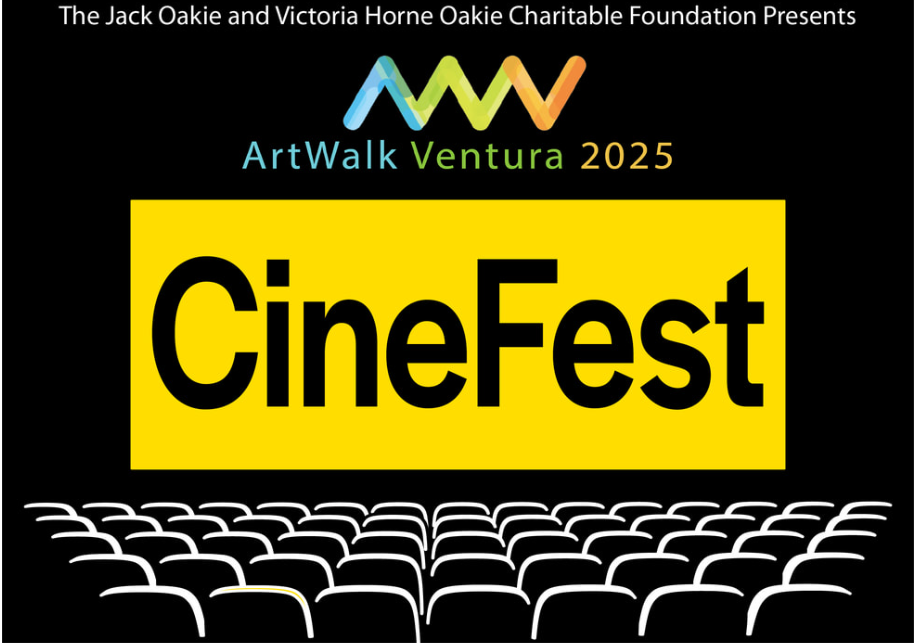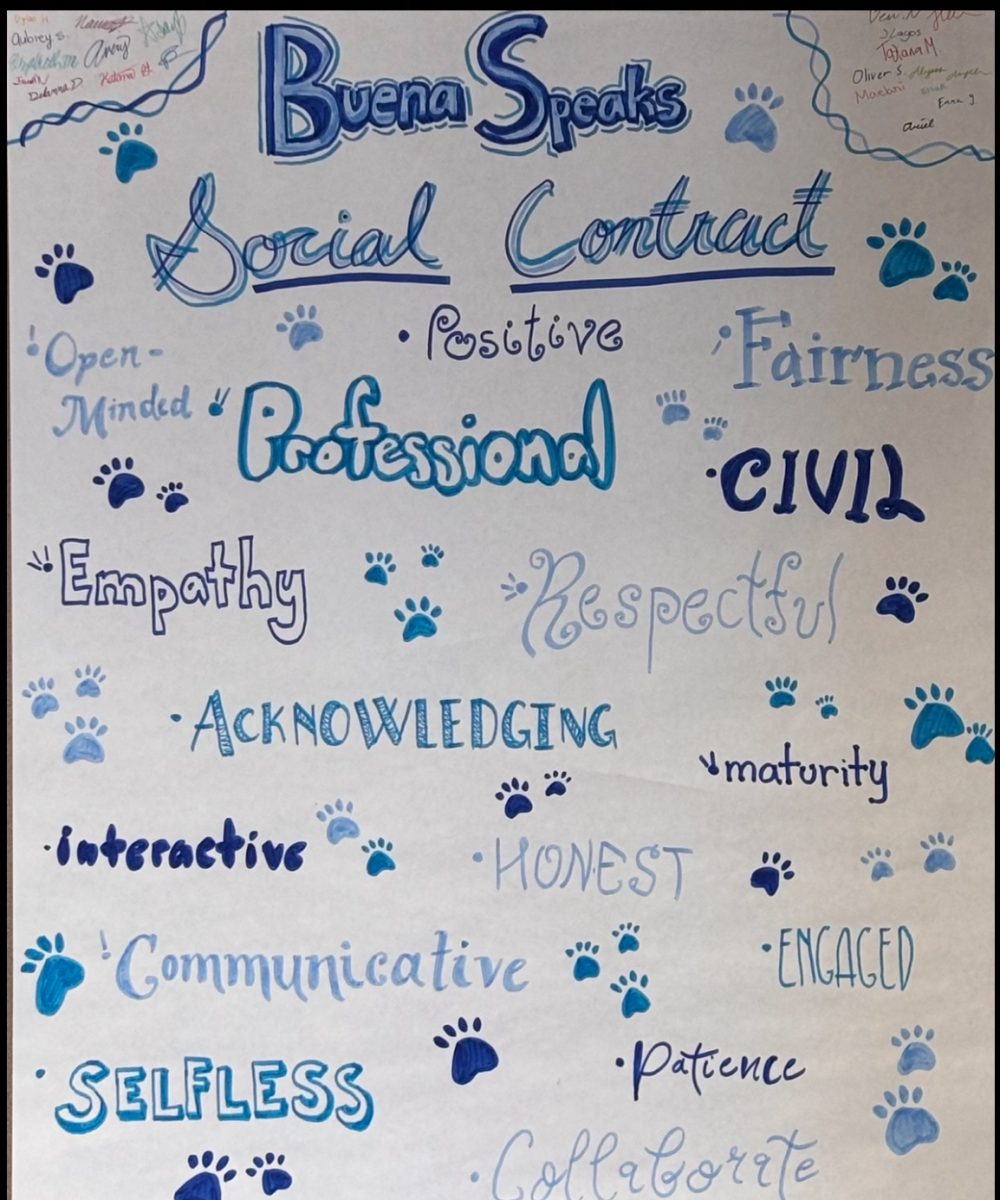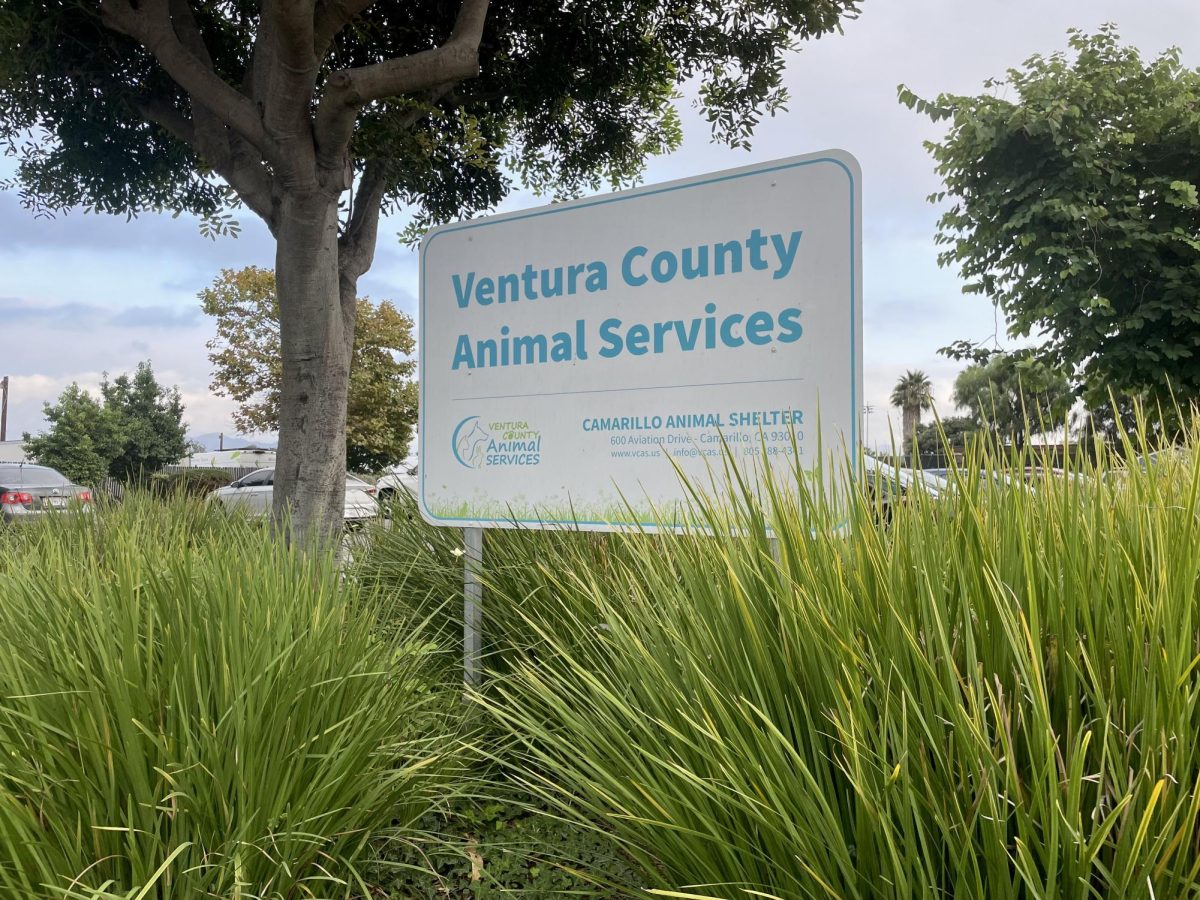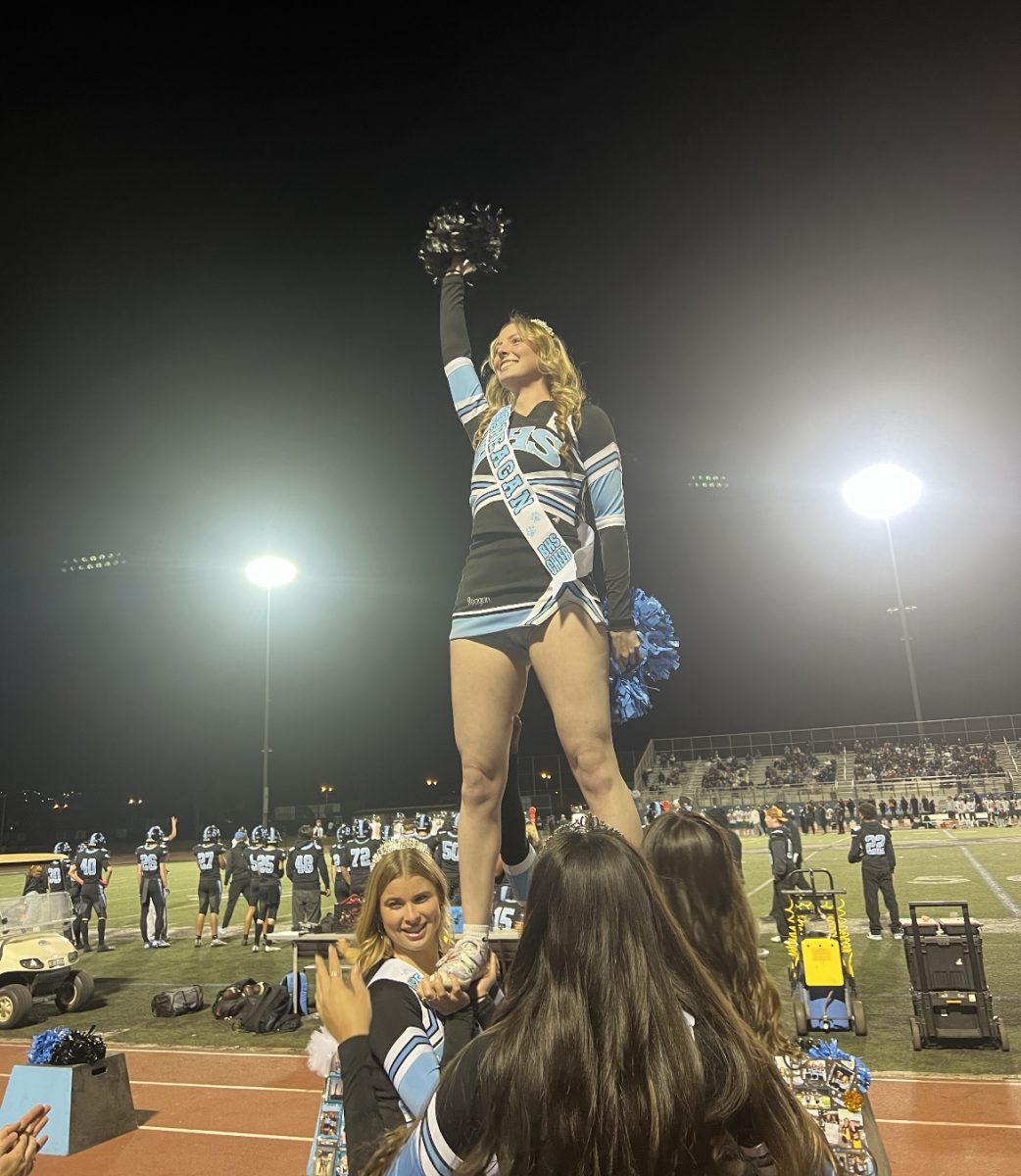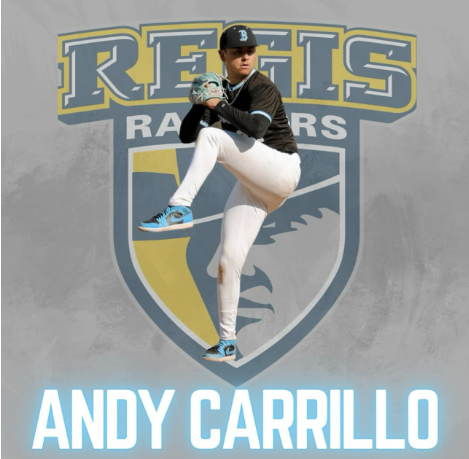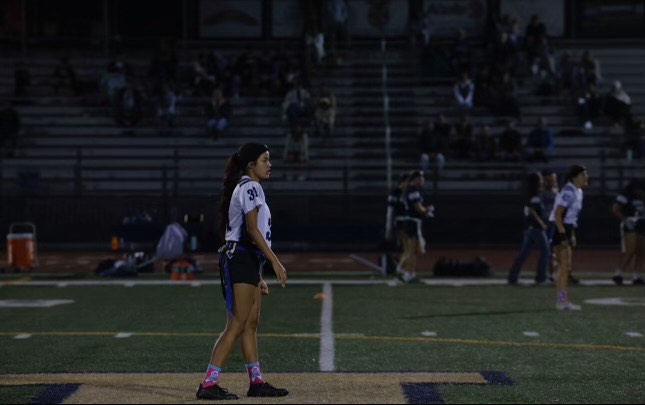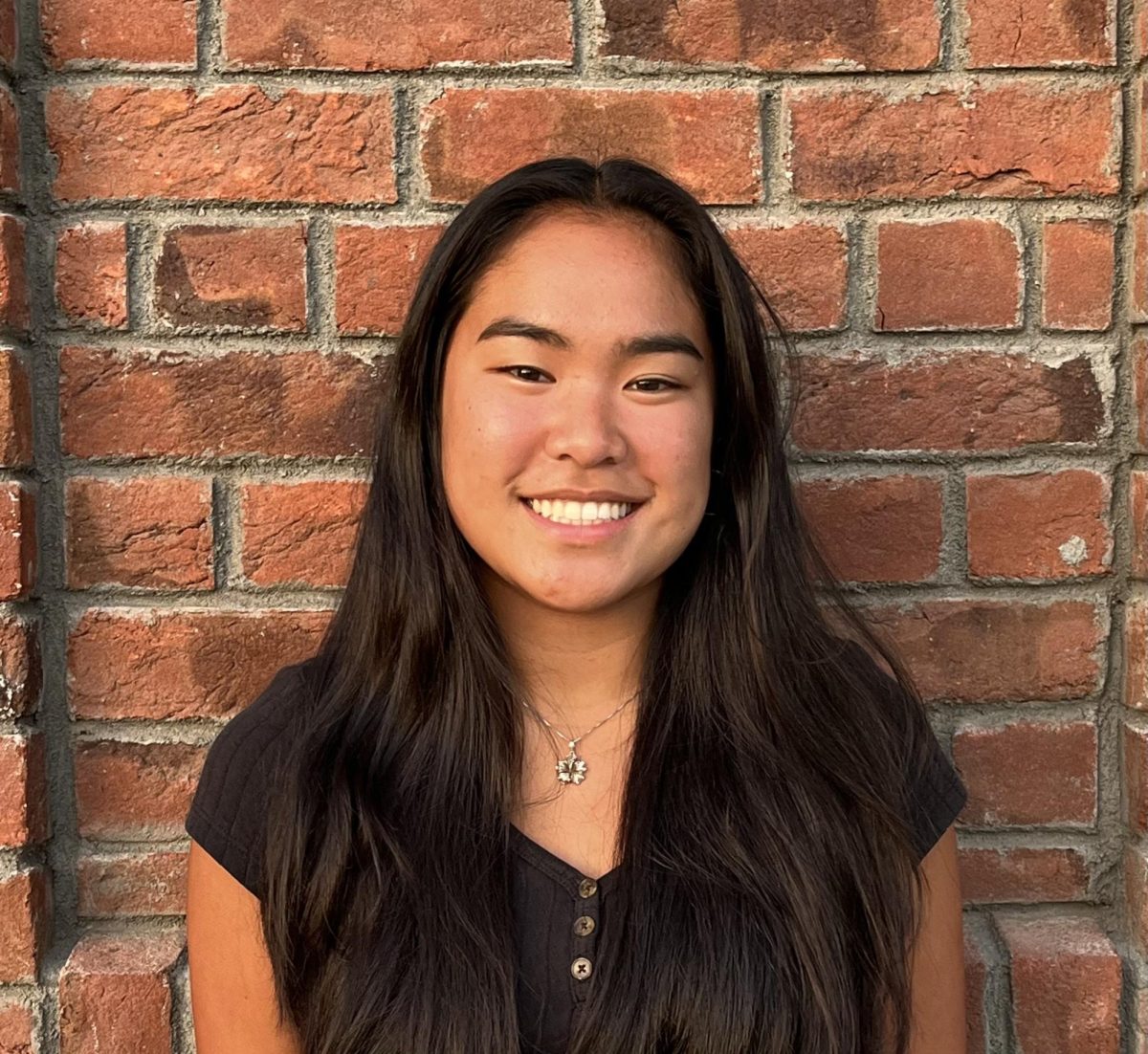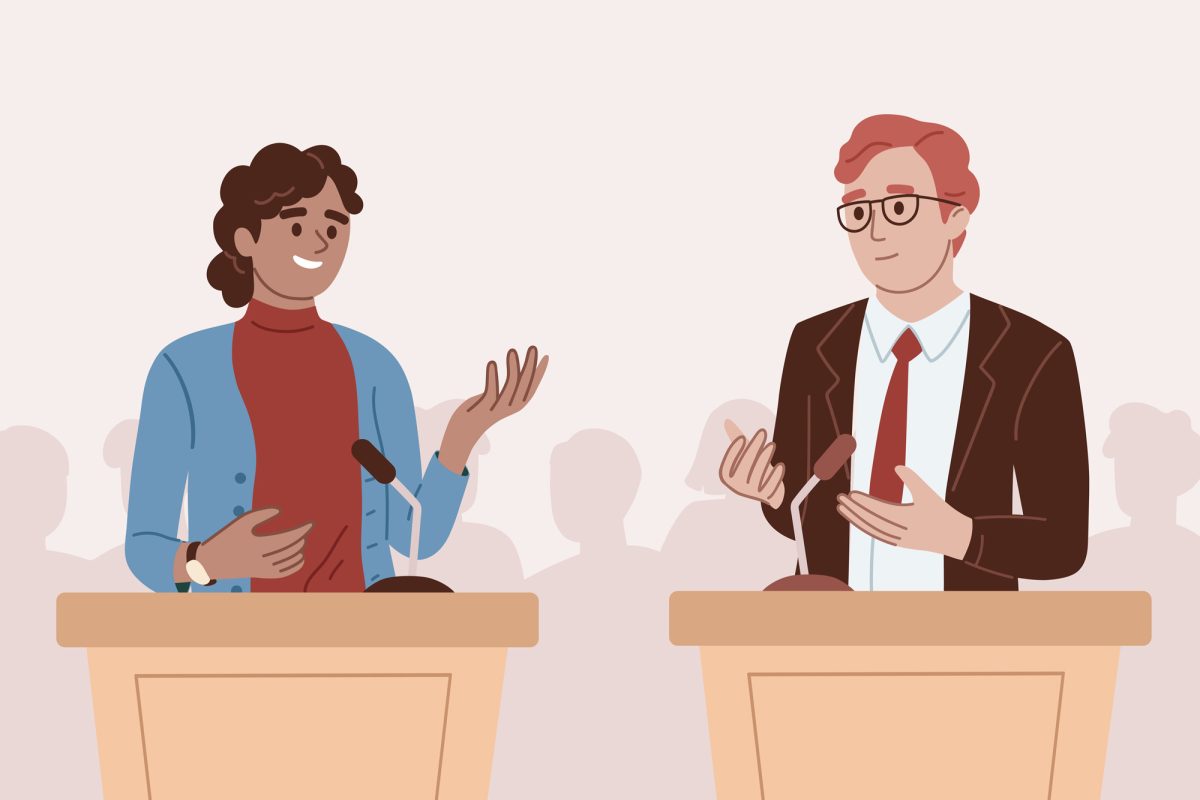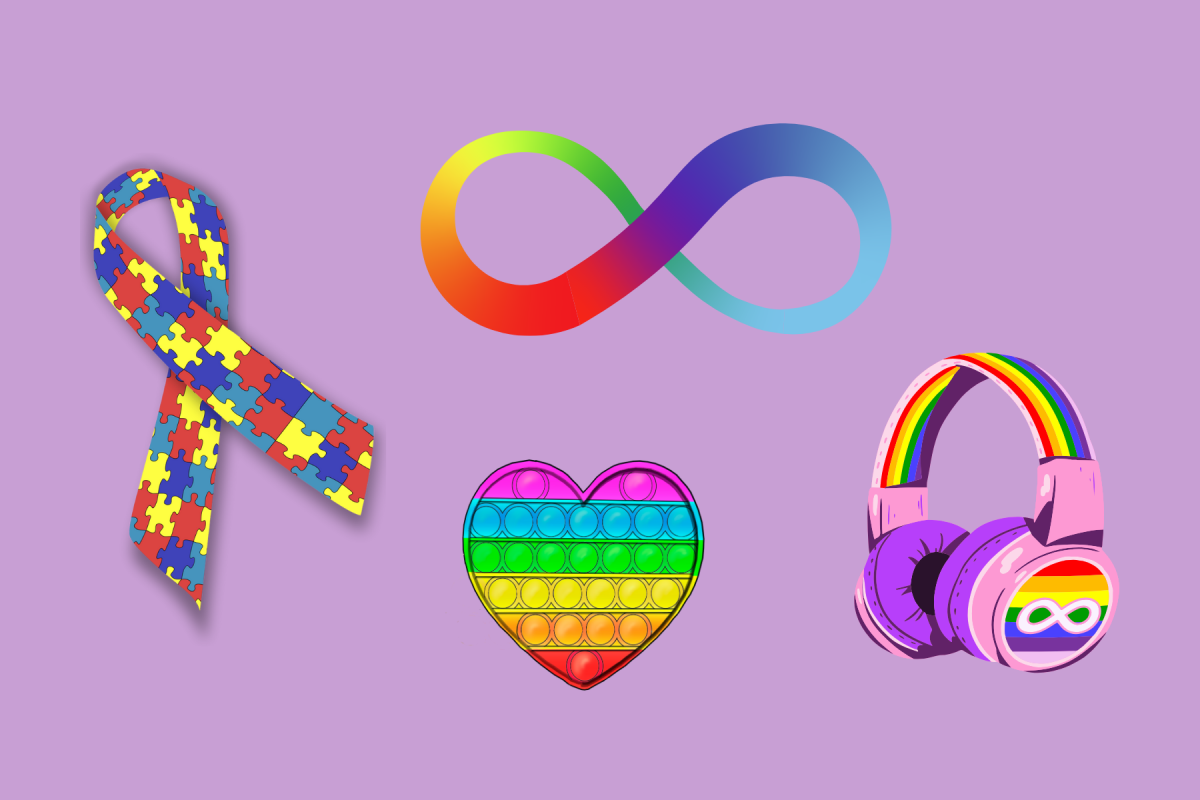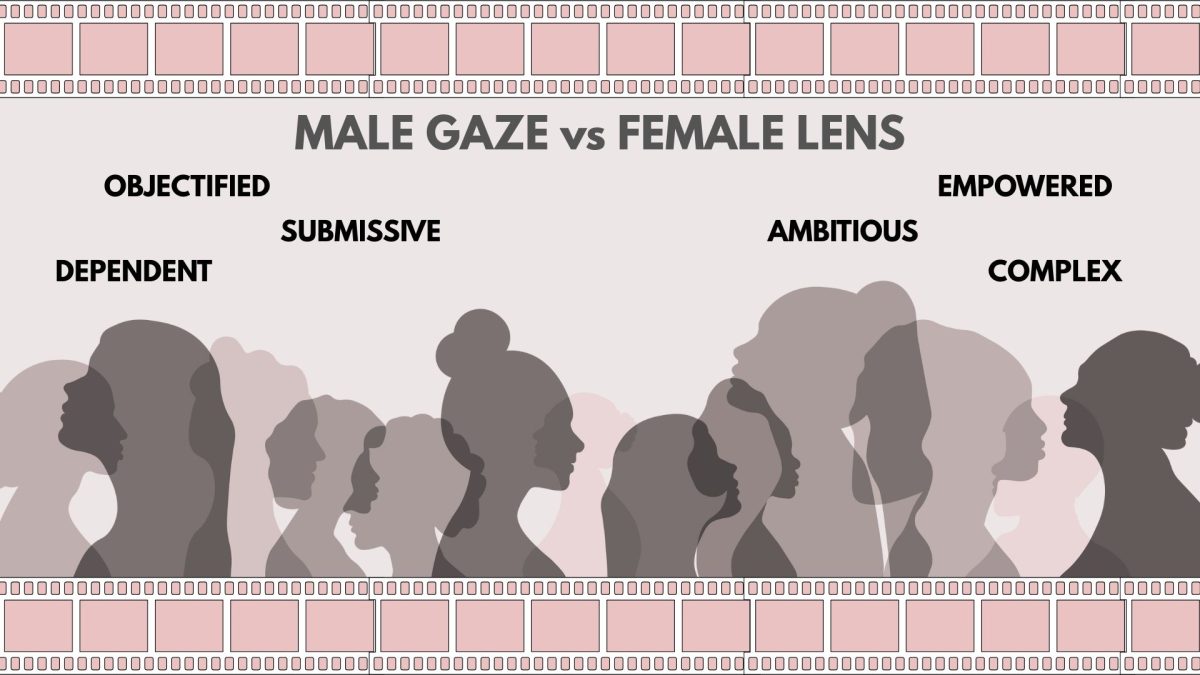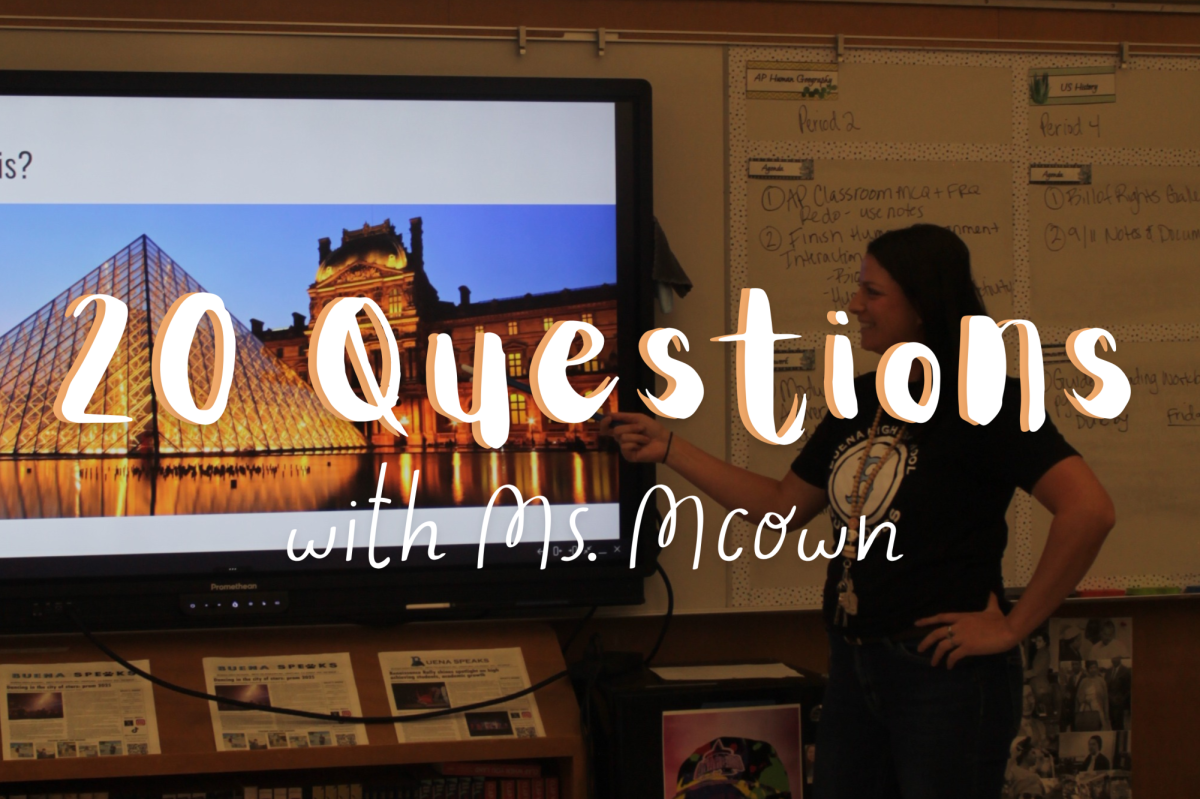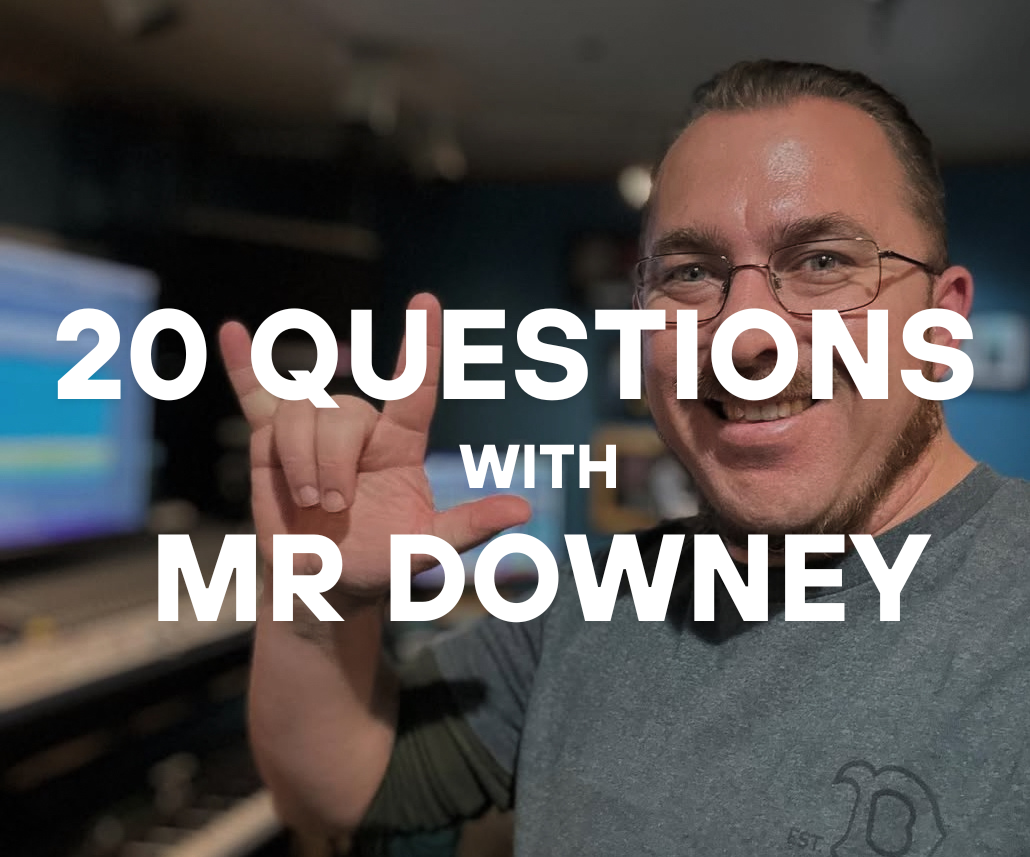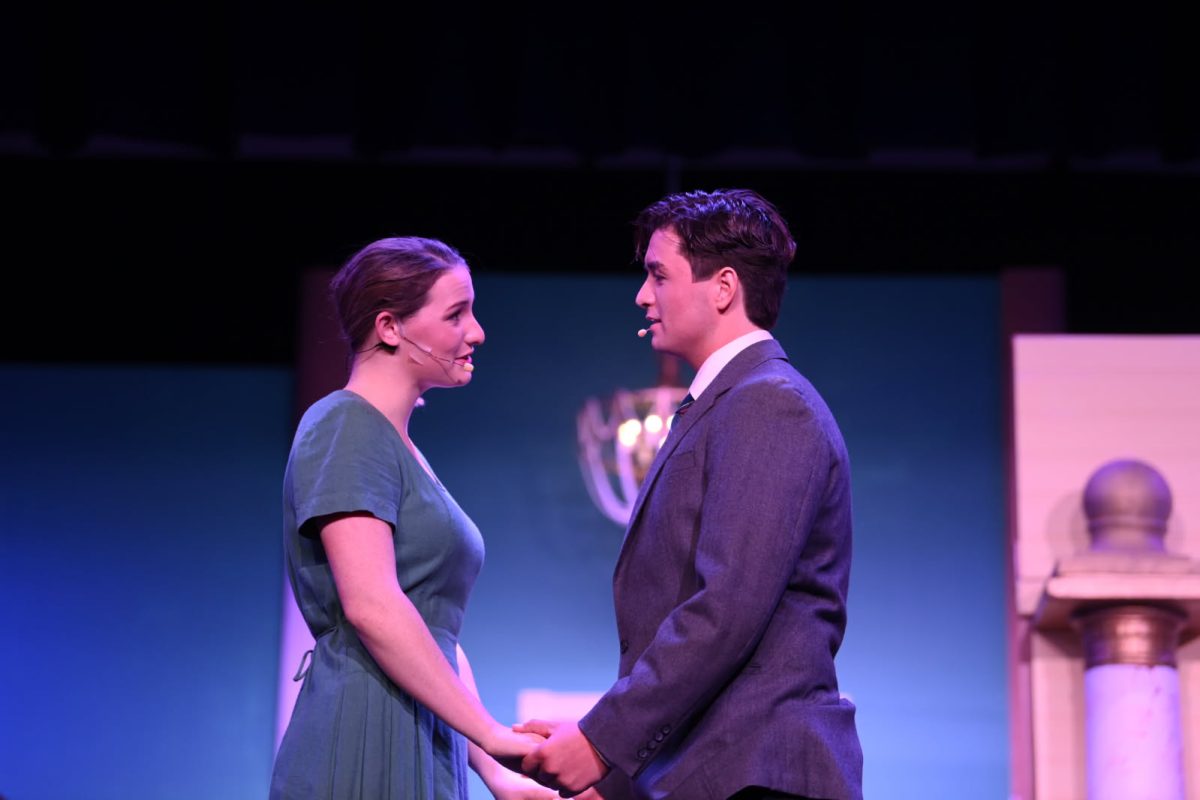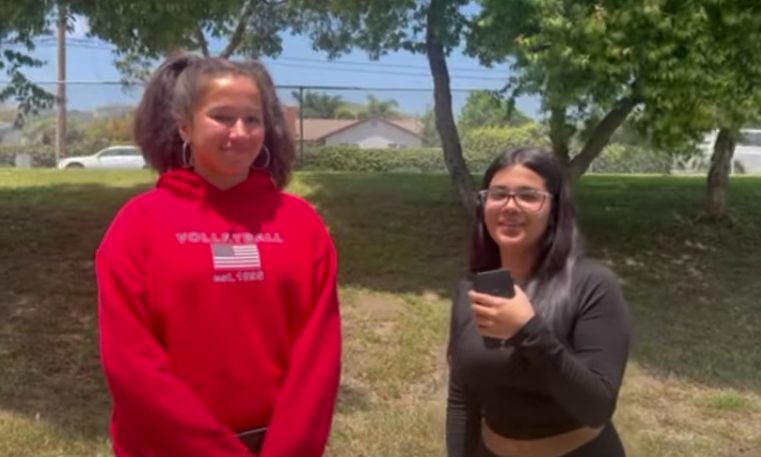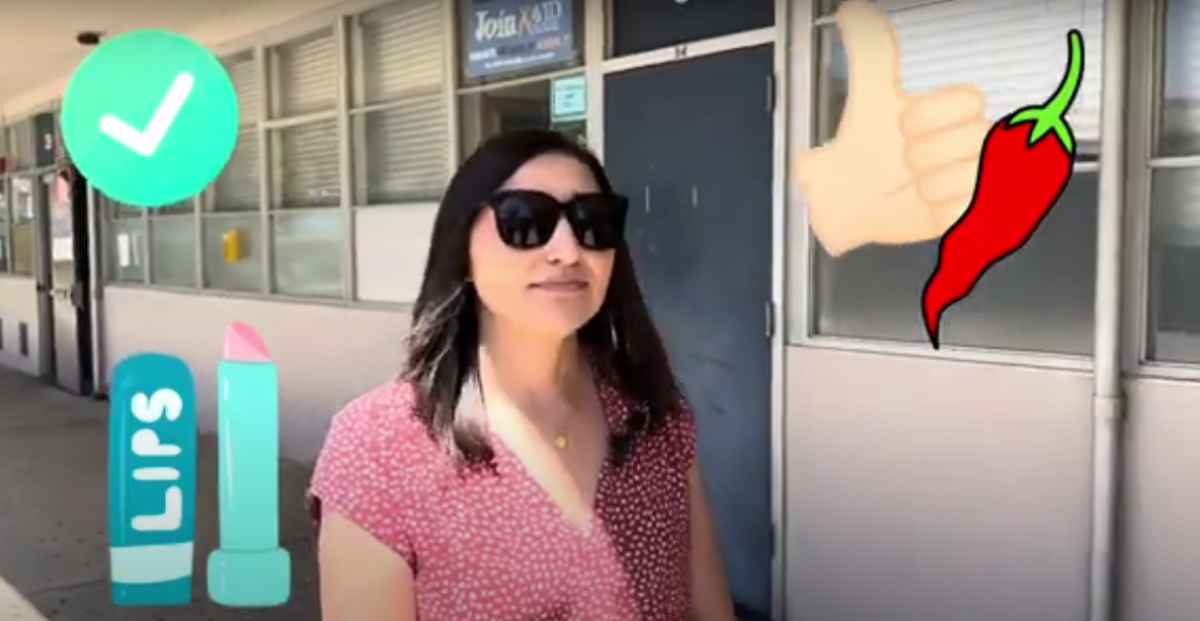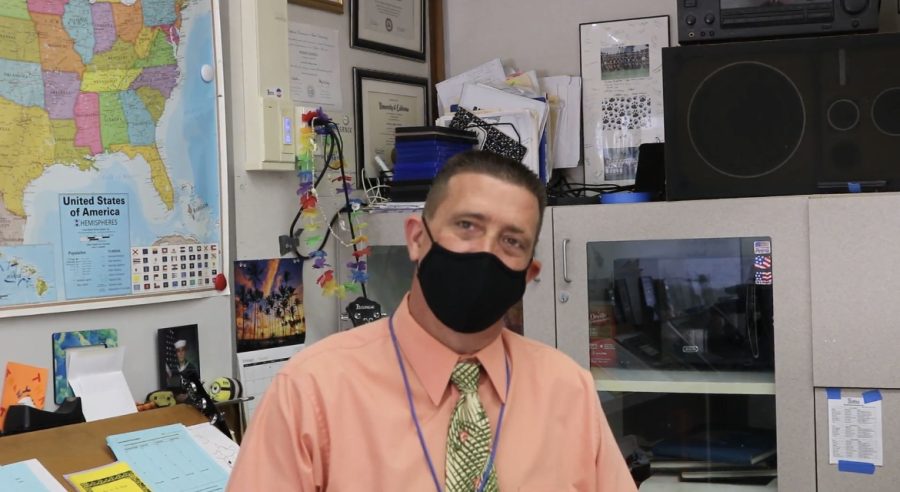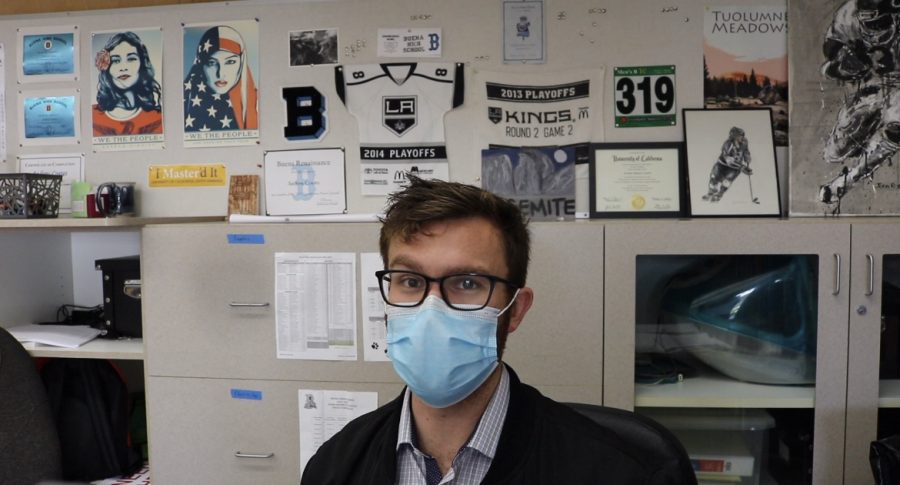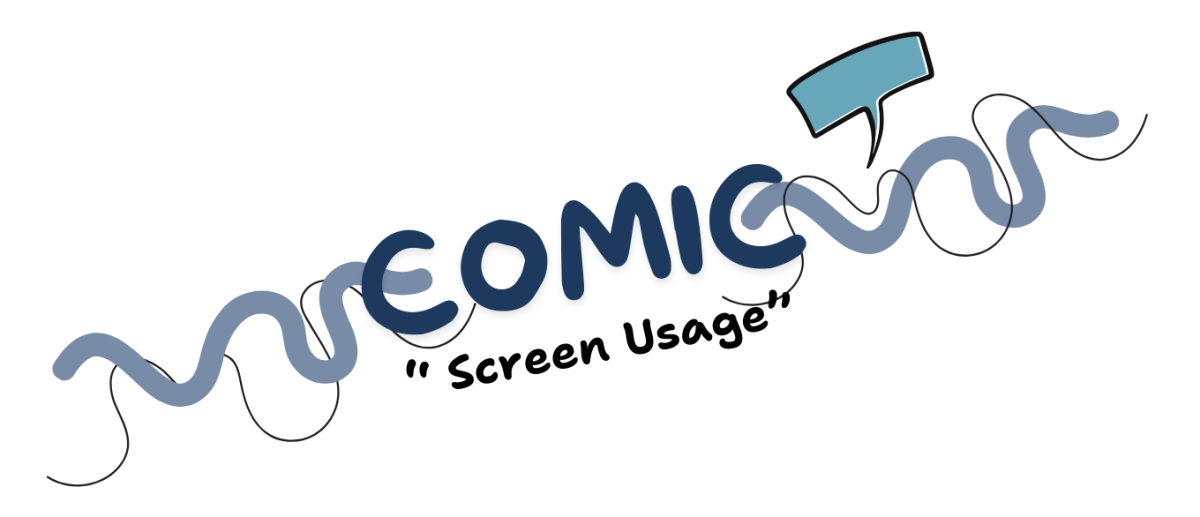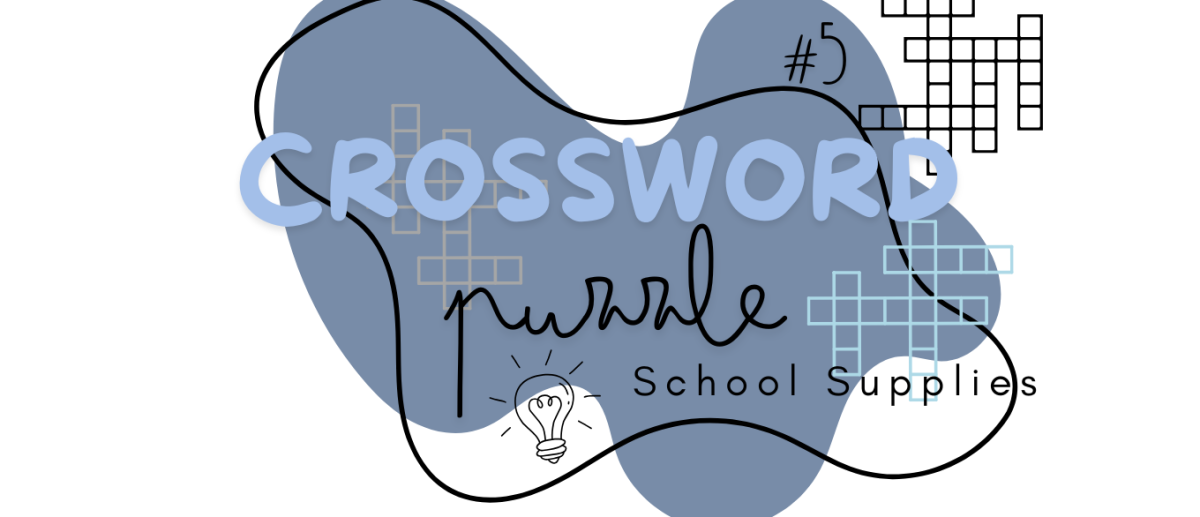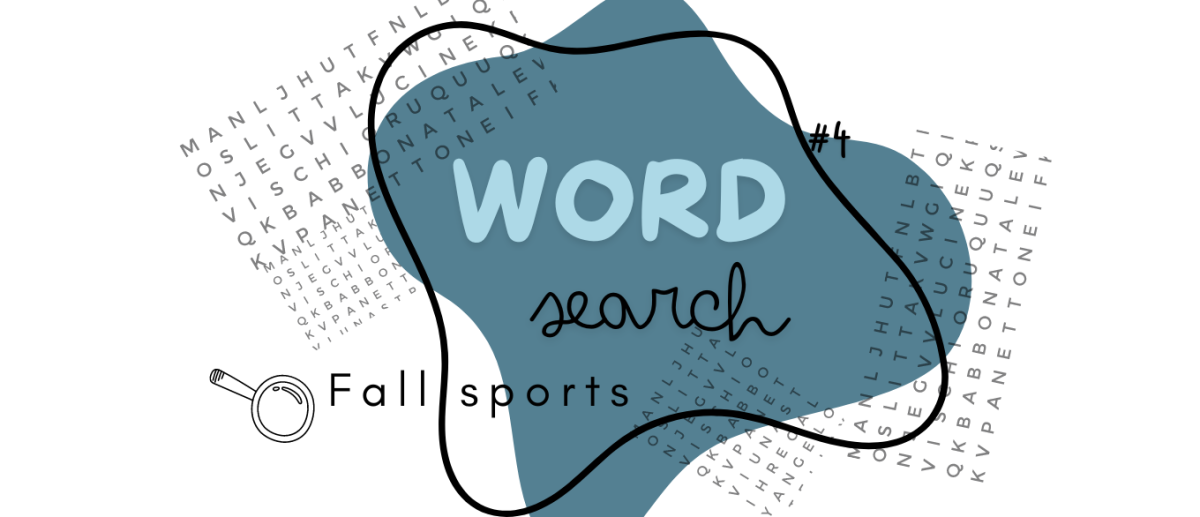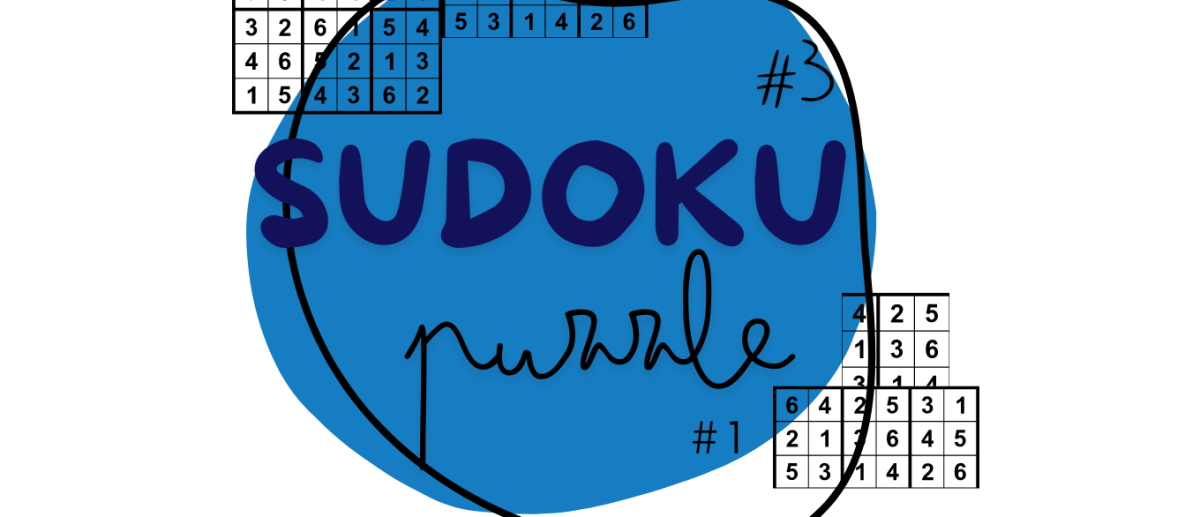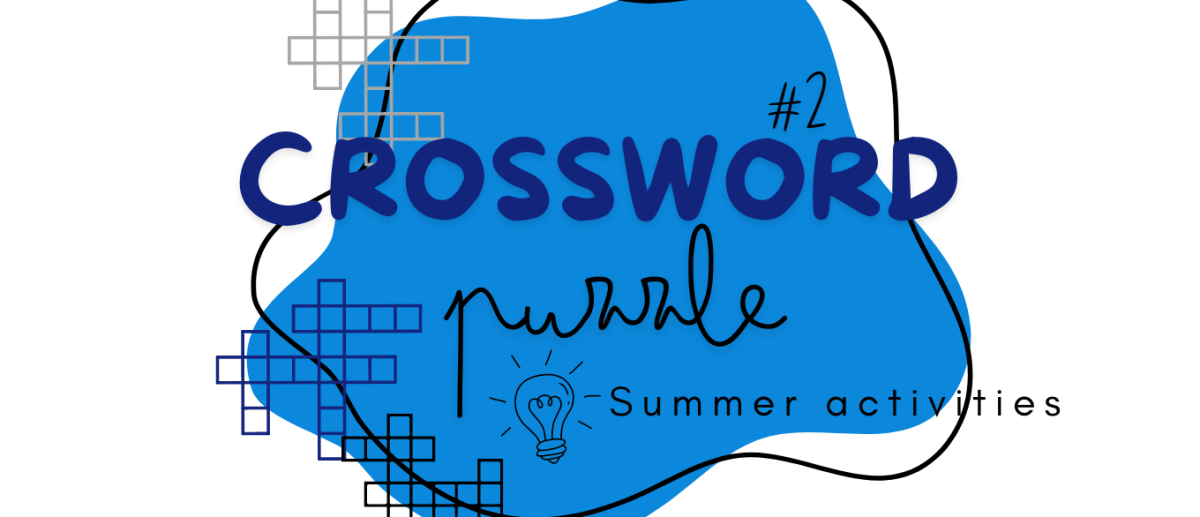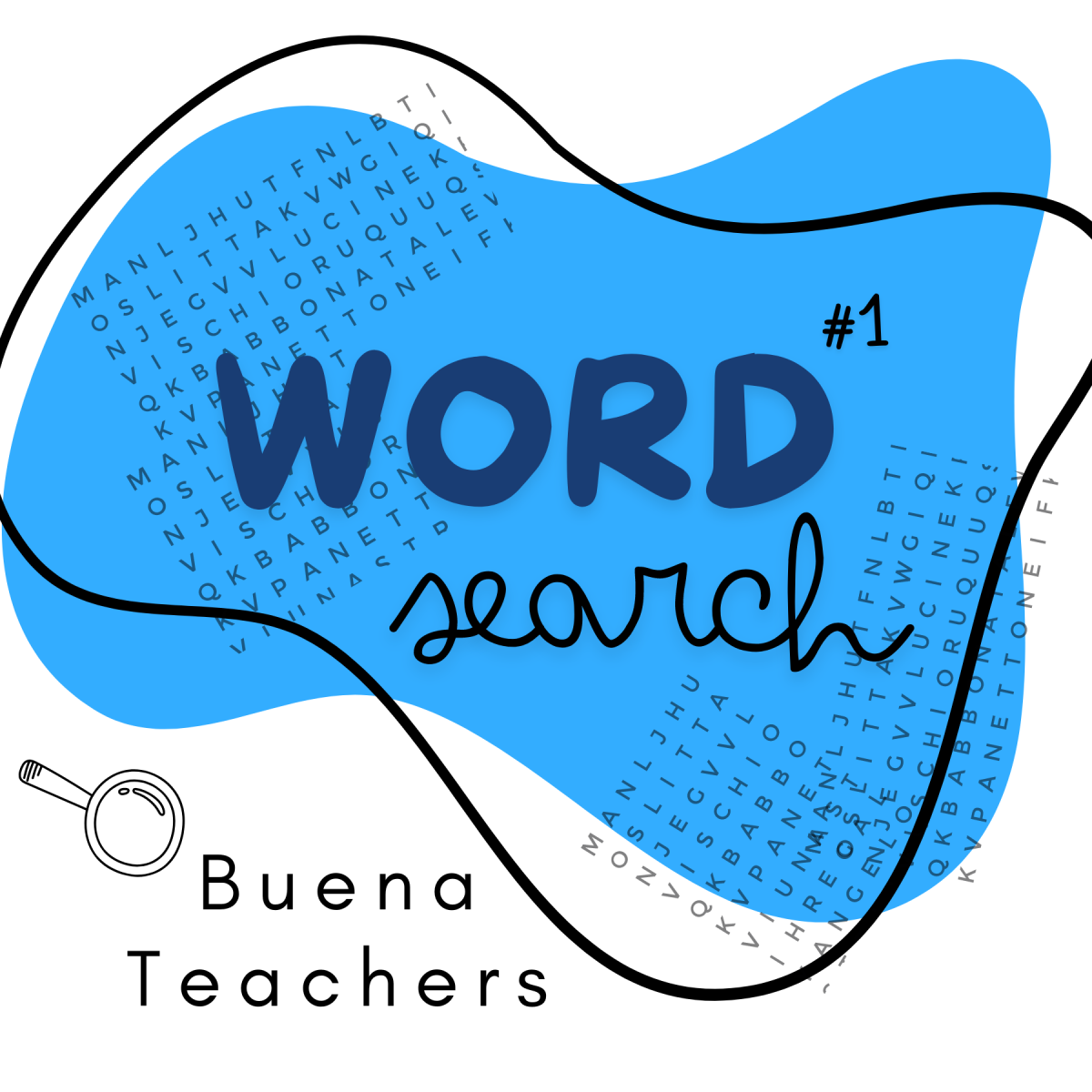A middle school girl walks into a Barnes & Noble with a list of books in her notes app. All her suggestions have been sourced through Tiktok and Instagram, and all are conveniently displayed on an island with eye-catching colors and catchy titles, labeled as “Young Adult” (YA)— an age group typically intended for audiences aged 12-16. These aren’t usual books, however. Nearly every book on these shelves has poorly written, explicit sexual content.
This is, unfortunately, not an uncommon situation. In fact, this emergence of “spice,” the label many choose to use for sexual content in books, is completely normalized in the book community, even in YA literature. These best selling novels labeled as YA frequently have overly graphic sexual content and little to no discernible plot.
This vivid imagery itself is not the problem. It already has a place in books created for older, mature audiences. It is the way the vivid imagery serves to glorify toxic relationships that I believe is causing the most harm to young people who might find themselves in similar circumstances and think being treated manipulatively by a partner is normalized.
CONTENT
Though the appeal of sexual content in books has been popular for decades, the normalization of explicit content has reached an all time peak. This sexual content known as “spice” is often the deciding factor for many book buyers of all ages. However, this content recently has begun to find itself within the pages of YA books, starring teenaged and minor characters, and market itself toward young readers while appealing to adults.
Novel recommendations have become more and more about the amount of spice in the book and less about the plot or message of the book itself. Commenters under book recommendation TikToks under the hashtag #BookTok and Instagram reels users often ask for the amount of spice if it is not included in the review, creating a sense of dependency on such content.
Because these books are being created for the sole purpose of containing graphic spice, the publishing industry has been facing some of the most poorly written best sellers in history. Where the YA genre was once dominated by novels capturing the teenage experience with books like The Perks of Being a Wallflower and The Hunger Games, now it is watered down with lower quality, quicker written cash grabs like the bestseller Haunting Adeline or the chart-topping Ugly Love.
Both have their fair share in explicit scenes, but my biggest concern is with their quality of writing. Having unfortunately subjected myself to reading a few pages too many of these books, it’s disturbing how many find themselves romanticizing toxic relationships with predatory men. Classics like Lolita and Wuthering Heights deal with such topics all while having complex characters, nuanced plot arcs, and elevated prose, allowing readers to observe this content with a high level of critical thinking. Handling issues like sexual assault in fiction is difficult in itself, but when an author glorifies the topic as a component of an ‘ideal dark relationship,’ it becomes less of a niche interest and more of a harmful setting of standards for young readers, making them believe such abuse in relationships is “normal.”
Sexual content is not new in YA literature. However, the modern best sellers today market their immature takes on mature content to audiences that are oftentimes not prepared for glorification of these dark relationships.
MARKETING
Over the past few years, the covers of young adult books have become increasingly more child-like, with cartoon depictions of the main themes or characters in the book. While it might seem like a good marketing strategy to catch young readers’ eyes, the cartoons are misleading, making books with strong content, like Icebreaker, end up in the hands of those who may not be ready for the mature themes.
Booktok has created an extraordinary new world for book advertising, something that has only previously existed in the margins of newspapers and occasionally in TV commercials. However, this paradise for more underground authors has not been only used for small author promotion.
A big example of this is seen in Colleen Hoover’s nail polish brand that correlates with her most popular novel It Ends With Us, a book notoriously handling the topics of domestic abuse. Unfortunately, the nail polish is not tactful in its handling of such topics, with polish colors the colors of bruises and blood in the line. Hoover is a repeated offender in this tackling of difficult topics, as previously, she had proposed a coloring book attached to the name of her previously stated novel. About domestic abuse. Such an act forces us to beg the question as to whether these authors write these YA novels with an awareness of the topics they are discussing, or if their main intent is focused on the money racked up along the way.
SALVAGING THE GENRE
Despite the current state of the genre, YA is still so much more than the cheap smut and toxic relationships often depicted in today’s best sellers. For every bad book on the shelves, there will be a good one— the beauty of books is that there’s always something that exists to serve what you’re looking for in a novel.
“God bless YA for being so inclusive and welcoming people into a warm embrace, because that gives them a reason to live,” Buena High School librarian Joel Levin said. “It gives them a reason to seek out art and entertainment and all these other things that validate their lifestyle.”
Although it seems to now be watered down by poor, explicit books with no substance, this isn’t all that the Young Adult genre can amount to. Influxes of bad or ‘inappropriate’ books have always plagued the shelves of bookstores, but that doesn’t dismiss the fact that some of the most impactful books ever created, like Catcher in the Rye or The Perks of Being a Wallflower, were made for teenagers.
The target audience of YA fiction is still full of growing teenagers discovering who they are. It’s incredibly necessary to make sure that the content we consume allows young teenage readers to connect themselves with literature that prepares, comforts, and allows for us to find ourselves within the pages we’re reading. The books we read when we are young attribute to our identity formation in ways books read in adulthood simply cannot.
If anything, that’s what YA is meant for. It’s literature that serves as the bridge between children’s and adult literature, and creates a safe environment for young readers to find who they are.
“When you are reading YA fiction you recognize you’re not alone,” Levin said. “And there’s something very, very powerful in recognizing yourself in the pages that you read.”

